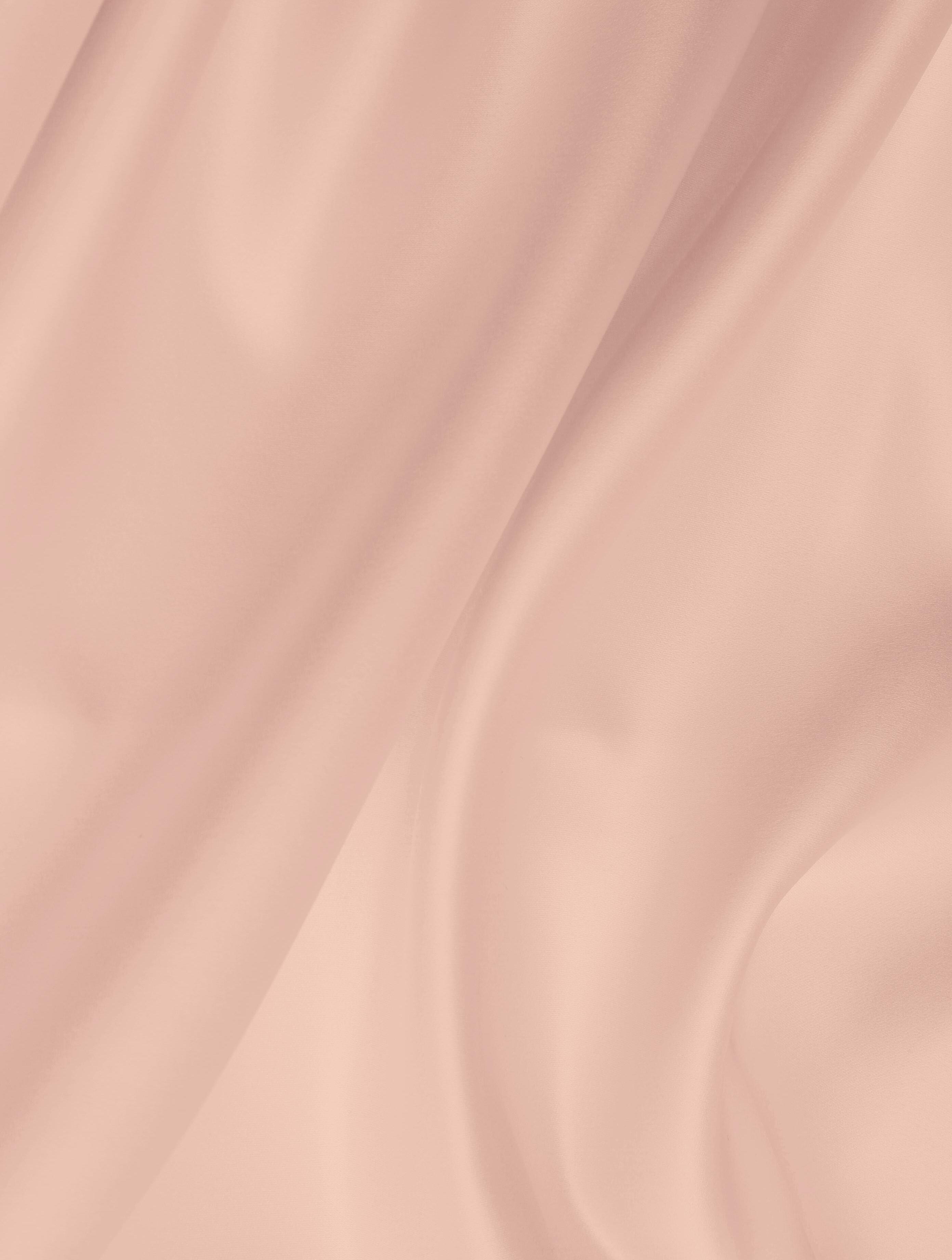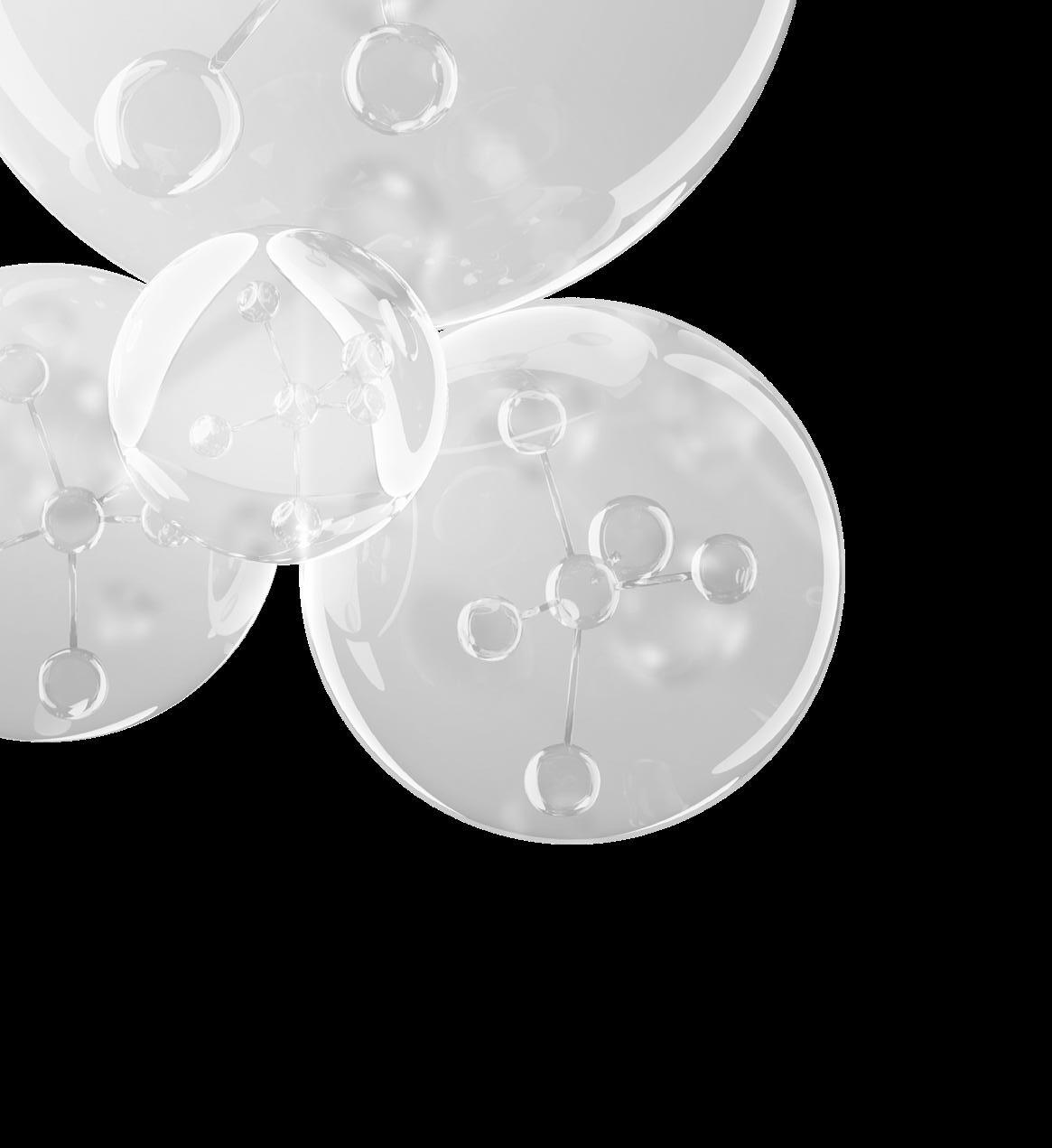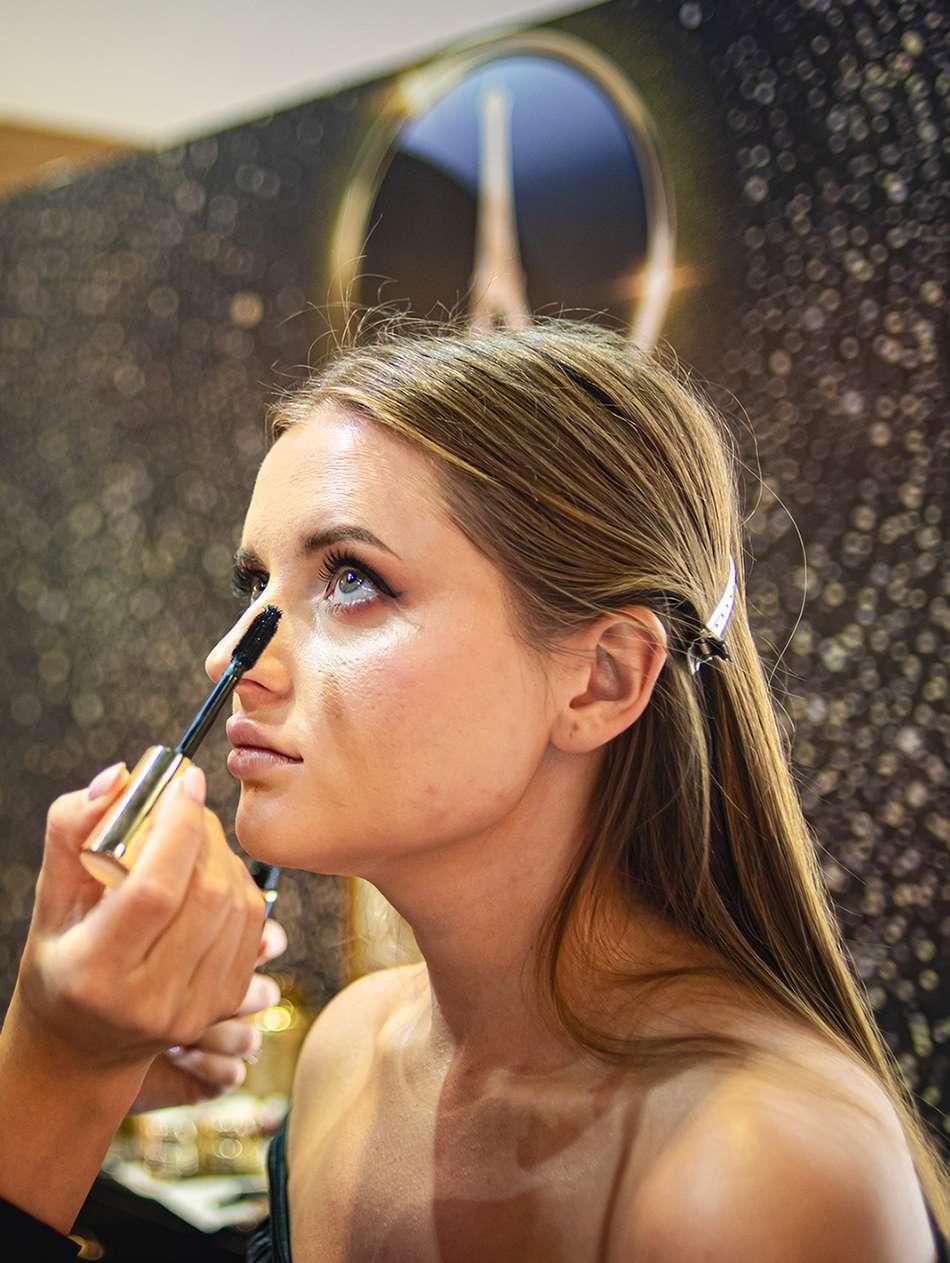


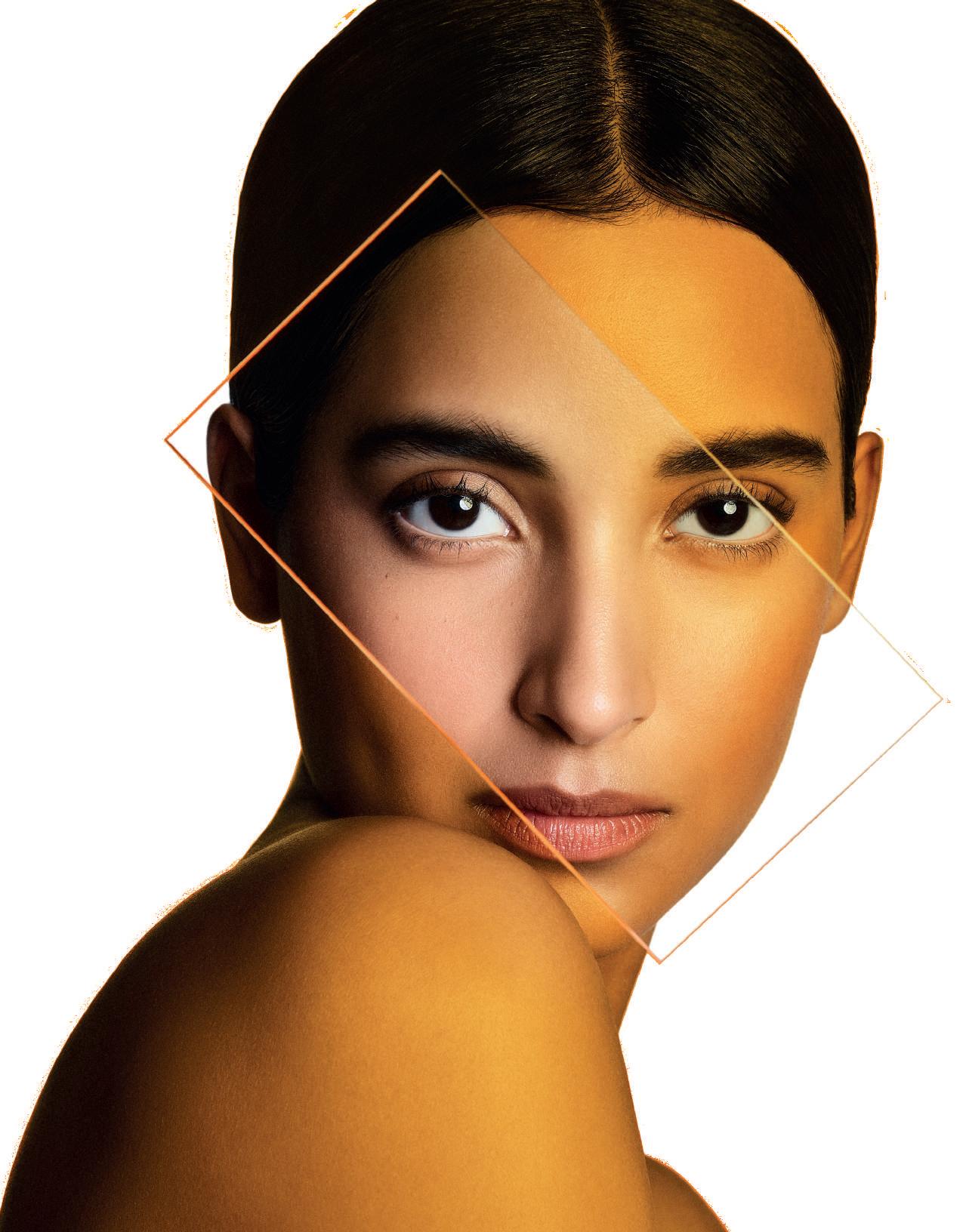






Founder Editor-in-Chief
Late Mr. Kanwar NS
Editors
Amrita Kanwar
Sarvjit Singh
China Correspondent & Reporters
Ying Wei-Beijing
Bao Tian Tian - Shanghai
Xing Guang Li - Guangzhou
Assistant Editor/Correspondent Elena
Secretary & Legal Advisor
Aaron Kumar
Circulation
Surekha Gogna
Production, Design & Degital Media Rakesh Sharma
Marketing & Sales
Lina
Catherine Amy Lan
Anna Mi
Technical Advisors
Alex Van Bienen/Lily - Nederlands
Public Relations Director (UK)
Mike Steele
Marketing Director
Richmond Kanwar Brampton, ON, Canada
International Advisor (Australia)
Andrew S. McCourt
Germany Representatives
Julia Rittershofer Steffen Schnaderbeck
India (Head Office)
C 2073A, Sushant Lok 1, Gurgaon 122 002 - India
info@beautyfashionworld.in
www.beautyfashionworld.in
www.beautyfashionworld.in
The global beauty industry continued to grow in 2023, but the dynamics driving sector growth are shifting. A new analysis shows some emerging bright spots and how players can compete.
In 2023, global beauty market retail sales grew to $446 billion, up 10 percent from 2022. In the year since the release of our inaugural state of beauty report, published in collaboration with The Business of Fashion in May 2023, the industry—comprising fragrance, makeup, skin care, and hair care—beat expectations and outperformed other consumer sectors, such as apparel. But these headline growth figures only tell part of the story. While beauty managed to post double-digit growth last year, much of that was attributable to price increases rather than volume gains. Today, inflation is cooling in major markets such as the United States, giving beauty players an opportunity to reset and focus on pursuing sustainable growth strategies over the next several years. Where and how do we expect the global beauty market to grow? Based on our analysis, expert interviews, and proprietary consumer research, we outline the beauty sector’s performance in 2023, our forecasts through 2028, and what these forecasts mean for beauty executives.
The Asia–Pacific region, excluding China and Australia, remained the largest region by retail sales in 2023, growing at a 10 percent rate over the previous year. India, which also grew at a 10 percent rate year over year, was a bright spot in the region (with 4 percent volume growth and 6 percent price growth). As reflected in our regional survey data, India was home to the highest number of consumers who indicated a willingness to spend more on beauty products in 2023 and 2024. This was true across all income groups; in fact, lowincome consumers in India were the only low-income consumers in our survey to say they intended to spend more on beauty products through the second quarter of 2024.
Prestige Sector is driving growth: The Prestige segment has experienced strong sales growth across Skincare, Haircare, and Fragrance products in contrast to the Mass Market segment, which has dragged overall sector sales growth down. Middle market participants will likely face scaling headwinds in the near- to mid-term. While e-commerce sales have comprised an increasing share of total retail sales, consumers have continued to shop in person, leaving ample white space for digitally native brands. Successful firms are projected to diversify sales channels, expand distribution networks to reach new, high-growth markets, and supplement marquee products with innovative developments in adjacent categories in order to scale operations. Inelastic demand for high-quality, all-natural products has driven merger and acquisition (M&A) appetite as companies target growing end markets to enable seamless integration and margin accretion post-acquisition amid consumer spending concerns across the broader Consumer industry.
The beauty sector had a standout year in 2023. Numerator found that beauty sales growth was the fastest among consumer sectors, increasing by 15.8% year-over-year as of December 31, 2023. This growth was particularly surprising in a year of high inflation. Beauty’s success was driven by increased consumption, with trips per household rising by 6.2%, and premiumization, where product mix outpaced inflation. Notably, every major category within beauty contributed to this growth. In 2023, consumers were more active than in recent years and their beauty purchases reflect that. Traffic to limited-service restaurants grew by 4.8%, and out-of-home experiences, such as Taylor Swift and Beyoncé concerts and a 13% increase in TSA checkpoint usage, drove this trend. As a result, 34% of consumers reported increased focus on their hygiene, while only 4% reported less focus.

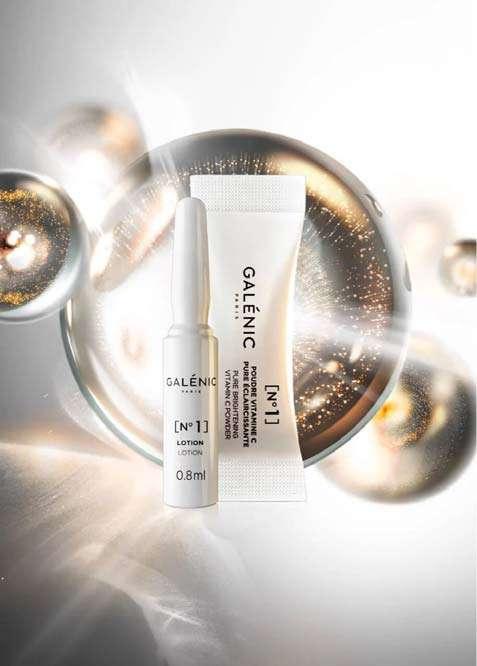
Purchased by the Chinese group Yatsen in 2021, the Galénic brand, previously part of the Pierre Fabre group, has repositioned itself in the ultra-luxury scientific skincare market, increasing its sales sixfold in three years. Mainly established in China and distributed online, the brand is now pursuing its growth strategy, which involves studying new markets to conquer, as well as a new presence in physical points of sale.
Three years after joining the Yatsen group, Galénic is reporting promising results, with a six-fold increase in sales in 2024. With the 2021 purchase, the Chinese investor, owner of the Perfect Diary makeup brand, aimed to enter the world of high-end skincare.
“Yatsen is a group that is little known in Europe, but very influential in China, thanks to the revolution they brought about in makeup, with Perfect Diary”, explains Sarah MichelStevens, Managing Director of Galénic Cosmetics Laboratory. “To enter the world of high-end skincare, they wanted to acquire an
exclusively French brand that guaranteed 100% made-in-France quality, not only for Chinese consumers, but also for the global market. We have always kept this uniquely French anchoring.”
The Pierre Fabre Group remains a shareholder in the brand, to ensure Galénic’s French expertise and heritage are maintained, while benefiting from the resources and approach of the Yatsen Group.
Scientific and technical investment
Still based in Toulouse, Galénic has set up its own R&D centre and outsources production to a service provider based in France.
“Product development is carried out exclusively in our research centre, by teams specialized in each area: formulation, clinical trials, regulatory affairs, etc. We also invest heavily in science and research, working with prestigious institutions such as the Saint Louis hospital in Paris and CNRS, the French National Centre for Scientific Research. We believe that progress in science and innovation is based on collective work,” adds
the Director. This investment was illustrated by the creation in September 2023 of a dermatology research fund designed to raise standards of knowledge in this field and to reward the most innovative research projects in dermatology.
In 2021, Galénic launched the Galeniceuticals skincare range: the first product, which boasts a 20% vitamin C concentration, quickly became a bestseller.
The brand is now about to market a new generation of vitamin A and retinol-based products resulting from scientific collaboration and investment, as an illustration of its commitments.
A flagship of the French cosmetics industry for 45 years, Galénic has conquered the Chinese market with its upmarket, scientific positioning, relying mainly on the online channel, based on the business model developed by Yatsen. But it now aims to establish itself as a global player, increasing its visibility through a physical presence in strategic points of sale all around the world.
“China is now the world’s largest luxury market, and it remains crucial for us. We plan to strengthen our position in this country by entering new distribution channels, while actively exploring opportunities in other dynamic international markets, where demand for luxury goods is booming,” says Sarah MichelStevens.
In addition to consolidating its presence in the Chinese market, Galénic’s growth strategy is therefore based on diversified distribution, with plans to open flagship stores and corners in luxury department stores, as well as to be present in travel retail stores.
The Managing Director has also announced the opening of a first shop by the end of 2024, without yet specifying a location.
“Thanks to Yatsen’s innovative business model and to the resources made available to us, we can work to make Galénic a global cosmetics brand, combining our French heritage and our ability to innovate,” concludes Sarah MichelStevens.



















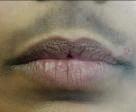
















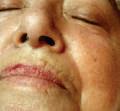
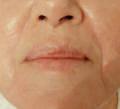








































































































Azelaic acid is one of the most essential and versatile ingredients available to us, the skincare professionals. It is widely used both in cosmetic clinics and for at-home treatments, particularly for patients dealing with acne and pigmentation. Recent studies have highlighted the benefits of azelaic acid that extend beyond acne and pigmentation treatments.
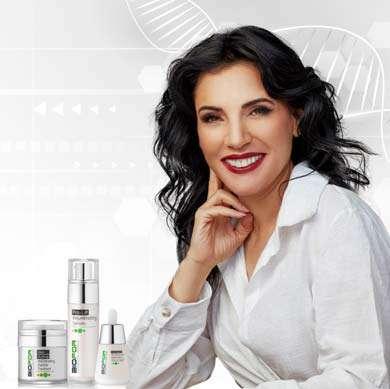
by Ronit Segev, Msc
As shown by several clinical studies, azelaic acid, apart from its more familiar properties, can also normalize the behavior of mature skin and contribute to a change in its appearance and function.
But before we discuss the newer findings, let's recall the well-known properties of azelaic acid and their relevance to our work as skin care professionals.
Azelaic acid is widely recognized for its ability to:
Regulate the rate and pattern of cell proliferation in the epidermis
Balance sebum production
Provide antibacterial effects
Act as an anti-inflammatory agent
Suppress melanin production. In addition, it is also considered an antioxidant and has been found to have a beneficial effect on mature skin as it induces the production of collagen and hyaluronic acid.
We have known for years the contribution of azelaic acid, as a therapeutic product for home use, to acne patients. When we give it to treat acne, we benefit from the properties of balancing and reducing sebum secretion, reducing inflammation, preventing the formation of blockages deep in the skin and treating existing blockages, as well as the antibacterial activity. In addition, our acne patients can enjoy faster results if we combine the treatments at the clinic with peeling based on 20% azelaic acid,
in a series of treatments. Several studies have well established the effects of such peeling. We will look at this later.
When doctors prescribe products for acne patients to use at home, these will usually be topical (or oral) retinoids, and/or topical or oral
also in the treatment of hyperpigmentation - but not instead of the main ingredients to balance the melanin secretion. It can be added to them to enhance the melanin suppression component, along with well-established ingredients such as kojic acid, arbutin and more. The right melanin suppressors together

antibiotics, or benzoyl peroxide. If we compare azelaic acid to topical retinoids, which are also available to us as skin practitioners (retinol and its derivatives), it seems that azelaic acid is more versatile and treats more acne pathologies.
Retinol and its derivatives balance sebum secretion and normalize skin cell turnover. Azelaic acid does this effectively, but in addition it is also anti-bacterial and anti-inflammatory. And if we consider the possibility of PIH after acne, azelaic acid suppresses melanin production and can minimize the appearance of this type of pigmentation.
We can combine the azelaic acid
with the right exfoliator will give us a good answer for managing and improving most hyperpigmentation conditions.
While most of us are familiar with products for home use with azelaic acid, some of us are not sufficiently familiar with the capabilities of azelaic acid peeling when used in the cosmetic clinic. Interesting studies from recent years shed light on the properties of 20% azelaic acid peeling, when done in a series of treatments.
Let us look at two of them. The first, published in 2022 in the journal Dermatologic Therapy, is called: Long-term effect of azelaic acid peel

After 4 treatments with 20% azelaic acid peel and daily use of 15% azelaic acid cream (and recovery ingrediengs). Patient treated by Dr. Yulia Katz.
on sebum production in acne.
In the study, cases of seborrhea combined with acne were explored, with the aim of examining how 20% azelaic acid peeling affects the rate of sebum secretion and how both seborrhea and acne are affected by a series of treatments. 27 women, aged 19-25, underwent a series of 6 treatments at an interval of two weeks. Sebum secretion levels were measured using a special measuring device, before the treatments, two weeks after the last treatment and 3 months after the end of the experiment. It was found that the sebum secretion level decreased when measured two weeks after the last treatment: a decrease of 17% in the forehead area and 19.5% in the cheek area.
And even more interesting - 3 months after the end of the experiment, another decrease was measured: 22% in the forehead area and 21% in the cheek area! In addition, an improvement in the

things, whether there is a difference in the effect of these two peelings on sebum secretion.
Each of the peelings was applied in a series of 5 sessions, once every two weeks. The measurements were made on the cheeks and chin, using a subumeter. Two weeks after each treatment, a sebum measurement was made, with the last (sixth) measurement being made two weeks after the fifth treatment.
acne and seborrhea indices was measured - fewer acne lesions with a delay in the appearance of new lesions, and a decrease in the severity of the seborrhea disease.
A second study presents very interesting findings on the effect of azelaic acid peeling on the level of sebum production in mature skin, in the dry areas - the U area. As we know, with age there is a decrease in the activity of the mammary glands. In a study published in the journal Postepy Dermatol Alergol, effects related to anti-aging were investigated, and specifically - the possibility of increasing sebum production in dry skin areas. In the article: Influence of azelaic and mandelic acid peels on sebum secretion in aging women - both types of peels were used. The study population included 28 women, aged 49 to 71. 11 of them were treated with a 20% azalea peel, the other 17 were treated with a 40% mandelic acid peel. The researchers wanted to check, among other
The results showed a significant increase in sebum secretion in the U-zone after the two peelings, meaning that each one by itself resulted in a significant increase and at a similar level. No peeling had a significant effect on sebum secretion in the T-zone. The researchers' conclusion was that both types of peeling, each on its own, can be considered treatments that contribute to an increase in sebum secretion in mature skin.
It should be noted that these two exfoliating substances are considered safe, non-irritating, non-drying or aggressive and therefore good for mature and even aging skin.
The azelaic acid, in daily use, can cause slight skin irritation in certain cases and at certain concentrations. However, the correct adjustment of the product to the skin and especially the adjustment of the personal treatment protocol (customized for each patient) can minimize the discomfort and maximize the therapeutic results!
Ronit Segev, MSc, is a biologist and skin researcher specializing in the physiology of the skin and active ingredients to improve aesthetic skin conditions. Segev has published dozens of articles in professional journals and is the author of the book "Dermo Cosmetics - the scientific approach to cosmetic skin care". She is the founder and CEO of Biofor – the leading company in Israel in therapeutic results. Segev and her team accompany thousands of professionals around the world in the treatment of complex aesthetic skin conditions.

Positive mood and high willingness to buy among visitors
Focus on networking and continuous education
After three days full of conversations, good sales results and a packed lineup of side events, Germany’s leading trade fair BEAUTY DÜSSELDORF looks back on a successful edition. From 22 to 24 March 2024 over 1,200 exhibitors and brands from 36 countries presented a broad spectrum of services and products as well as the latest trends in the professional beauty industry in exhibition halls 9 to 12. 44,000 trade visitors from 76 countries came to Düsseldorf to discover the extensive ranges in the segments Cosmetics, Nail, Foot, Wellness & Spa on site. With all this, BEAUTY confirmed its role as a key national trade meeting point for the sector. “In view of the challenging market situation the constant number of exhibitors and visitors at BEAUTY reflects just how important encounters and dialogue are for the industry,” says Hannes Niemann, Director of BEAUTY.
A special highlight this year was the enlarged Permanent Beauty Area, which provided a deep dive into the latest Permanent Make-Up techniques and trends complete with live demonstrations, exhibitions, an award ceremony and lectures. Professionalisation is a key buzzword in the BEAUTY industry and especially so in the growth market of Permanent Make-up; which is why the PMU area was put
on an even broader basis to ensure professional-driven knowledge transfer and more transparency and neutrality. This went down very well with the audience. Celebrating a premiere, the FUSS AWARD (foot award) initiated by the industry associations, experts and manufacturers recognised outstanding performance in podiatry and pedicure for the first time. Simeon Ruck, General Manager at HELLMUT RUCK GmbH, stresses: “The Award has been a matter close to my heart for many years and is so important for our foot sector because it offers a unique opportunity to present this profession so much more authentically and to emphasise its performance for the good of feet.”
The five sector stages – which offered a varied, practice-oriented supporting programme with over 140 events and, hence, extensive continuous education possibilities in the areas of SKIN, NAILS, FEET, PMU and beauty business – were all very well attended. The colourful line-up of events at the Meeting Point with its exciting competition finals, award ceremonies and talks, again made for a dynamic and inspiring atmosphere. Special moments came care of the presentation of the Golden Mask for Make-Up Artistry to Loni Baur, the BEAUTY TALK with Amira Pocher as well as the contests and award ceremonies of the EUROPEAN MAKE-UP AWARDS and NAILYMPIA Germany. For Nailympia Germany, held in Düsseldorf for the third time now, 79 contestants travelled from 24 countries and seven continents to Düsseldorf to
give proof of their skills and creativity in a total of 18 categories. Summing up, a thrilled organiser Stefanie Lo Re of Signature Nail International said: “Nailympia Germany 2024 has again exceeded my expectations in every aspect.” The partners of BEAUTY DÜSSELDORF also arrived at a positive verdict: Alexander Drusio, Chairman of the Association Cosmetic Professional e.V. (VCP), sums up: “We look with joy at this year’s BEAUTY and the

interest people take in professional cosmetics. We enjoyed three inspiring days of exchange and innovation that confirm how indispensable personal encounters are for development and growth. The exhibitors’ commitment and the quality of the programme formed an accomplished setting for all participants. The positive general mood among visitors confirmed the resilience of professional cosmetics despite many challenges.” “For years now we have held good conversations with members, speakers, partners and the trade audience in a pleasant atmosphere in our communication area at the podo Deutschland exhibition stand,” says Jens Wittig, Deputy Chairman and Managing Board Member of the Germany Podiatry Association (ZFD).
This year, the beauty trends continue to be caught between the two
extremes of naturalness and conscious consumption, on the one hand, which is reflected by the demand for product transparency and harmless ingredients, and the aspiration for perfection, on the other hand. The latter is manifested in a combination of medical and cosmetic treatments expected to produce visible results instantly. Furthermore, the “skinification” of hair and body care products moves into focus. This is a trend where such ingredients as hyaluronic acid and niacinamide, traditionally used in skin care, are now increasingly used in hair care products to promote hair and scalp health. Additionally, the industry is also driven by digitalisation – especially when it comes to reaching out to a younger clientele.
The next BEAUTY DÜSSELDORF will be held from Friday to Sunday, 28 to 30 March 2025.
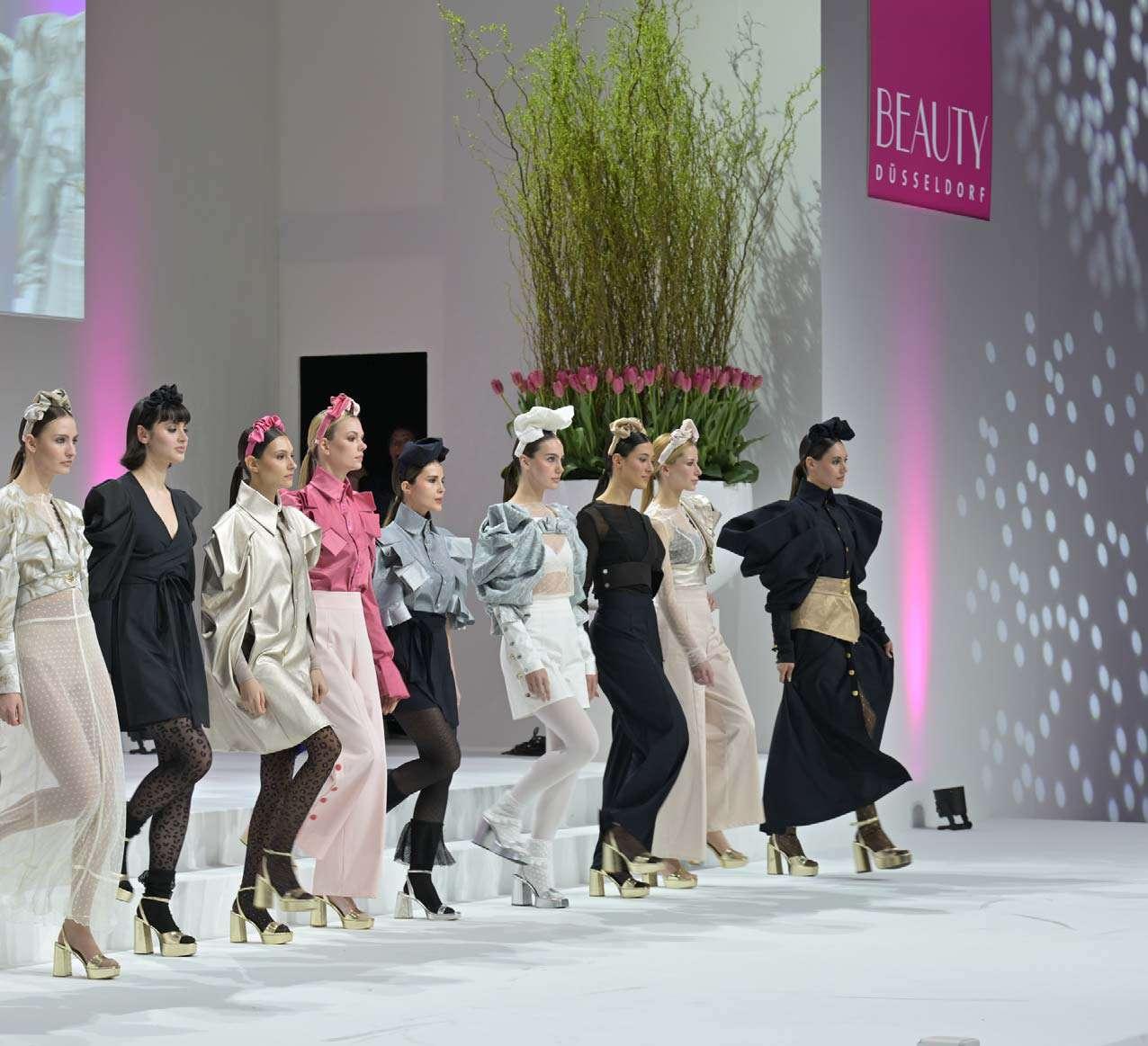
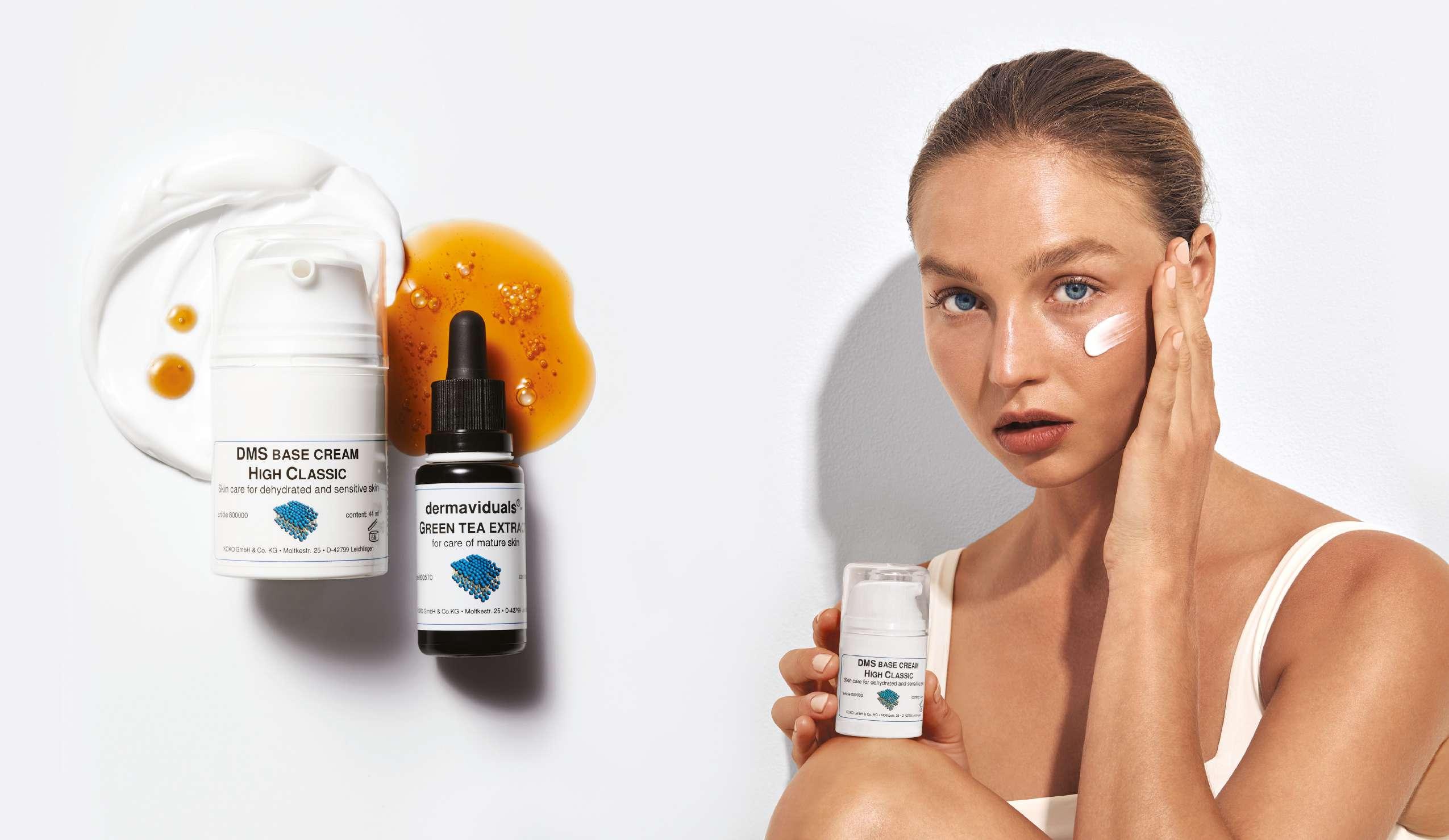

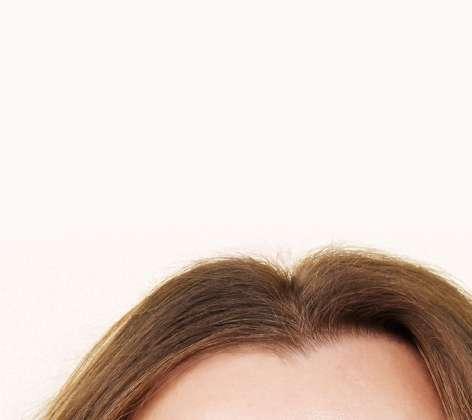










Tap into an innovative approach to neurocosmetics and upcycling. Say goodbye to outdated notions and make way for a new era where wrinkles are no longer ‘imperfections’ but rather stories of our journey! The ability of the senses to help shoppers create long-lasting emotional and memorybased experiences is what gives them such significance in the cosmetic industry. Consumer interest in the relationship between cosmetics and biological responses, as well as how scientifically they might enhance feelings, mood, senses, and skin health, is at an all-time high.
The notion behind neurocosmetics is that some topical ingredients have the power to influence the skin, stimulate the neurological system, and have a positive impact on our wellness by evoking certain feelings and experiences. The recent discovery that bitter receptors exist not only on the tongue but also throughout the entire epidermis may mark a new age for the study of neurocosmetics and present new potential for the creation of cutting-
edge cosmetics. Active Concepts has developed AC AmaraSense: a bitter blend comprised of licorice root, willow bark, and artichoke extract, substances recognized for their bitter taste and positive effects both on body and skin health. Licorice root is characterized by glycyrrhetinic acid, it is recognized for antioxidative, lenitive, and antimicrobial activities, white willow bark extract is characterized by tannic acid, it is known for wound healing and antimicrobial properties – artichoke is recognized for its purifying properties, and is rich in antioxidants that help to prevent oxidant stress and promote skin health.
AC AmaraSense represents a new ingredient launch that serves as the basis for creating cutting-edge cosmetics that activate sensory receptors on the skin and provide customers with new perspectives on how to take care of their skin and attain a glowing complexion. A distinctive and alluring narrative for a simple-to-use water-soluble product that can satisfy the growing demands of the modern consumer:
a scientifically supported, efficient, and innovative beauty regimen. Moreover, a new way of thinking about anti-aging has emerged as a result of the movement toward selfcare and well-being that was heavily promoted during the COVID-19 epidemic. Consumers are more realistic about the anticipated outcomes now that anti-aging marketing that promised to erase wrinkles and other aging symptoms has instantly ended. The skin is seen by the younger generation as an extension of the body. Selfacceptance is a prevailing trend nowadays. In this context, the idea of “positive aging” is gaining popularity.
Diet has a huge impact on our looks, health, and happiness. A diet rich in fresh produce, whole grains, lean protein, and low in sugar is highly advised and the Mediterranean diet, one of the healthiest diets that is great for your body and health, places a big emphasis on olive oil. The cultivation of olive trees, the production of olive oil, and the use of olive oil have all been known and practiced in the Mediterranean
region for over 7000 years. When olive oil is extracted, only a small portion of the total number of polyphenols in the olives are transferred to the oil, while a sizable portion is kept as olive vegetation fluids (OVW). OVW used to be dispersed throughout farms, but because of their heavy organic pollution, they had a detrimental effect on the ecosystem. In light of sustainability, it is now more important than ever to revitalize olive waste.
Active Concepts is tackling this environmental concern head-on and turning a problem into a sustainable solution with AC OleaShield. The biofermentation of recycled olive vegetation water used to develop AC OleaShield gives it powerful antioxidant qualities by way of the autophagy detoxifying process. With this new active ingredient, Active Concepts is able to utilize renewable resources ethically and efficiently while providing advantages for the skin, including preserving skin homeostasis to combat age-related reduction in skin cell function.

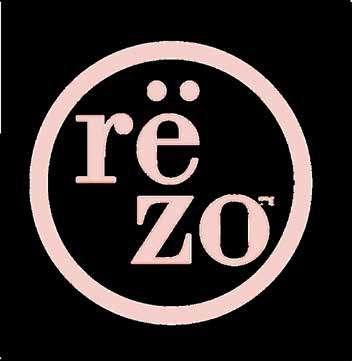



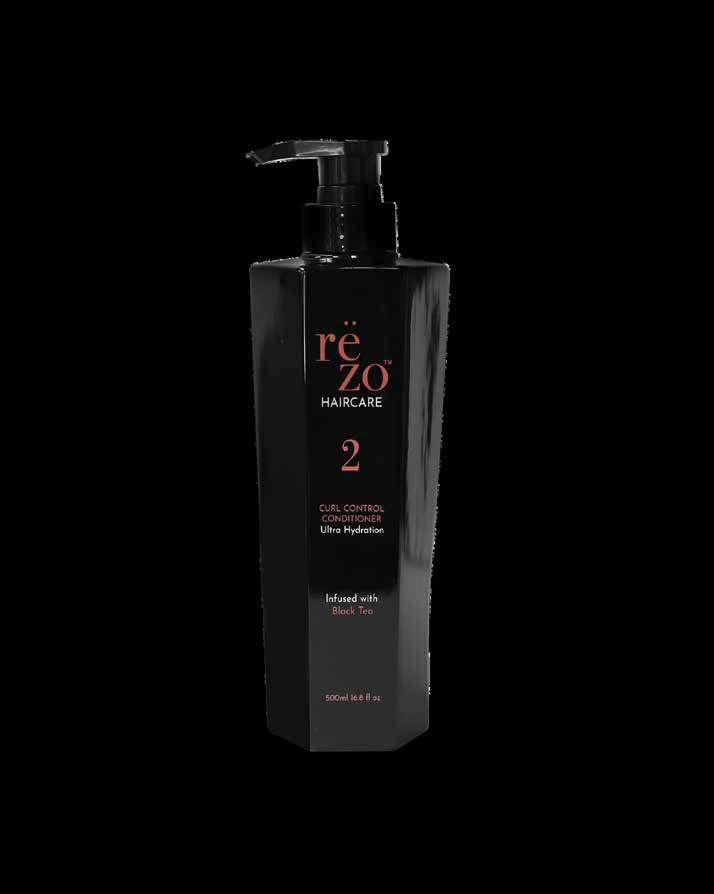

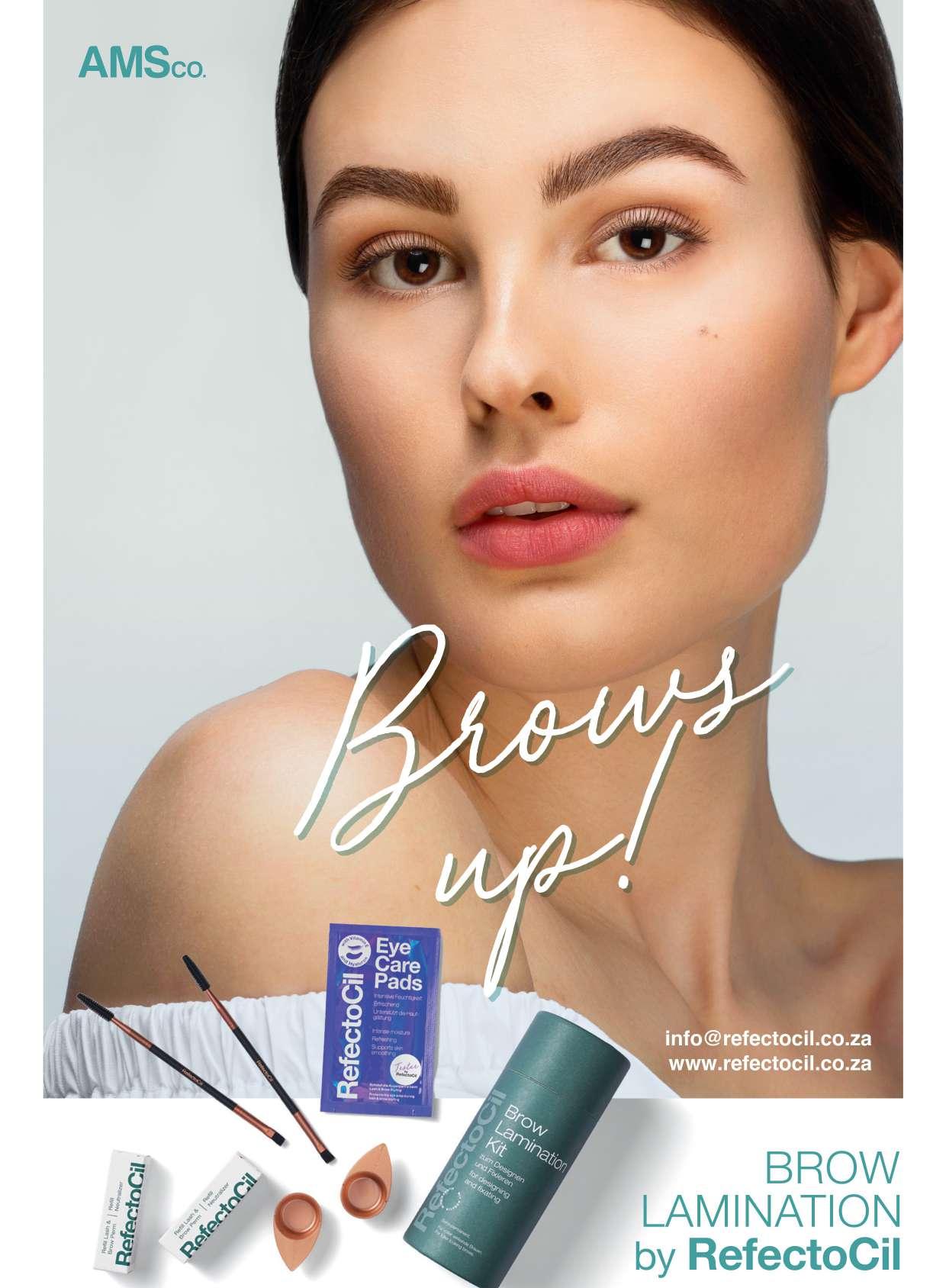


Gattefossé developed EleVastinTM, a targeted solution to gravity-induced skin sagging.
This 100% natural origin active targets key players in the synthesis and maintenance of functional elastic fibers. Doing so, it offers undeniable support to the skin, submitted to the daily pressure of gravity.
EleVastinTM reduces the drooping of the lower face. Facial contours are better defined, deep vertical wrinkles are erased and a youthful appearance is restored. Strengthening of skin elasticity
This active ingredient aims to bring support to the skin by increasing its resilience and capacity to resist the gravity pressure. Skin elasticity has been identified as the key parameter in this process.
The efficacy of EleVastinTM has been demonstrated following a comprehensive process, using in vitro and in vivo methodologies. The ingredient reinforces the skin elastic potential thanks to a stimulating and protective activity on elastic fibers.
On one hand, it boosts the synthesis of three key proteins for the assembly of functional elastic fibers: elastin, fibrillin-1 and fibulin-5 are respectively boosted by +43%, +23% and +62% (0.1% EleVastin™- monolayer culture of dermal fibroblasts). On the other hand, it protects the elastic fibers from degradation by inhibiting the proteolytic activity of MMP-12 with a
dose-dependent effect. These results have been confirmed on a more complex 3D bio-engineered skin model.
Through this mechanism of action, EleVastin™ ensures an increase of the density of elastic fibers coupled with an augmented skin elasticity. These last outcomes have been obtained using a spheroid model developed in Gattefossé’s laboratory and relevant to mimic in vitro an elastic tissue. Spheroïds were treated with 0.1% EleVastin™ and analyzed using second harmonic generation microscopy and atomic force microscopy. Researchers uncovered that the newly synthesized elastic fibers were numerous and functional in the treated spheroids, thus ensuring the recovery of tissue elasticity.
The active has been tested at 1% in formula on 37 women, presenting mature skin and clinical signs of facial sagging. It proved its capacity to reduce drooping of the lower face.
Various assessment techniques have been implemented to evaluate the biomechanical properties of the skin and the effects observed on skin sagging.
Skin elasticity is significantly improved vs. placebo (+12%, Cutometry).
Facial contours are better defined (5% volume of facial oval) and deep vertical wrinkles visibly reduced (18% length / -21% volume), as analysis of 3D acquisitions showed. Besides, a novel and original
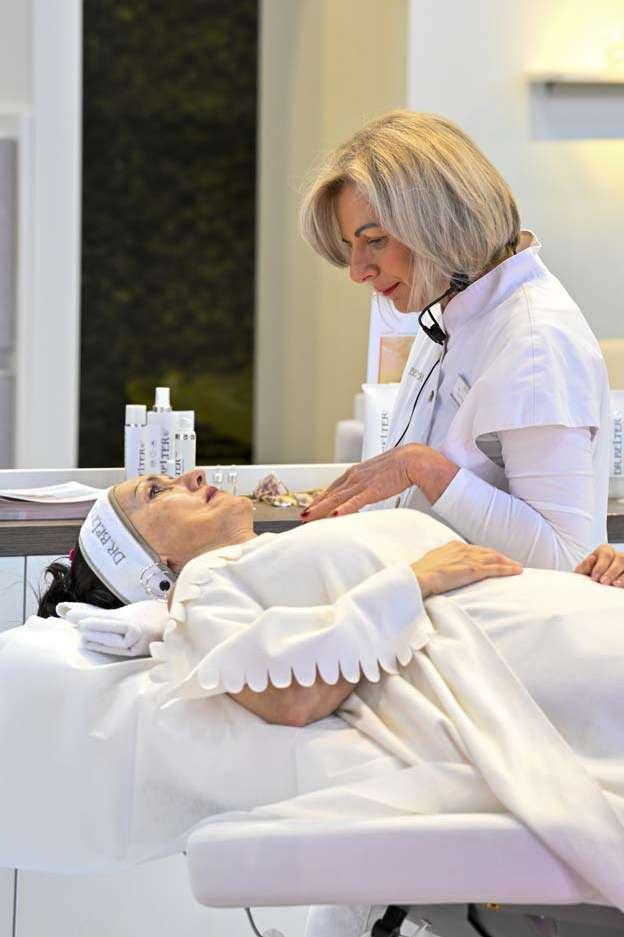
method was adopted to measure of the effects of gravity on facial morphology. It confirms the ability of EleVastinTM to significantly reduce the impact of gravity on aging signs of the lower face by -49%.
Traditional plants used for therapeutic or culinary purposes are an unlimited source of inspiration for Gattefossé scientists. One of these plants, Murraya koenigii, has been used for hundreds of years in ayurvedic medicine and in cuisine. It originates from the Indian subcontinent and it is now widely cultivated in territories bordering the Indian ocean. In association with Gattefossé’s local, long-time partner, leafy stems of the Murraya koenigii tree are manually harvested from fertilizer-free plots in the preserved environment of La Reunion island.
Perfect traceability is ensured from the tree to Gattefossé laboratories. A complex pool of synergistic phytomolecules (flavonoids, phenolic acids and alphahydroxyacids…) is obtained using an innovative blend of solvents from plant origin (betaine, propanediol and water) and gentle extraction process. This results in a 100% natural origin content according to the ISO norm 16128 and a COSMOS validated ingredient. The ingredient is listed on IECIC 2021.
EleVastin™ is intended for anti-aging ranges for mature skin, for treatments dedicated to the contours of the face or specific areas such as the neck and for all products wishing to offer a solution to age or gravityinduced skin sagging. This product can also be considered in body contouring applications for example.




LACQUERED, PLUMPING, NONSTICKY SHINE



NOURISHING & ANTIOXIDANT (With grape seed oil and Vitamin E)


COMFORT, SUPPLENESS & PROTECTION

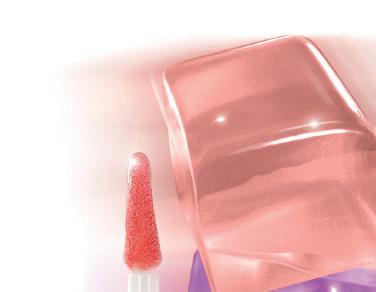

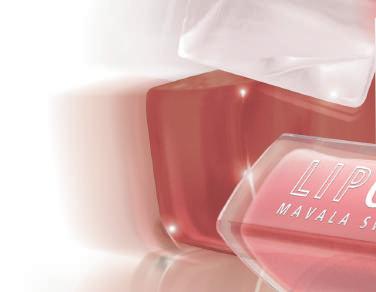



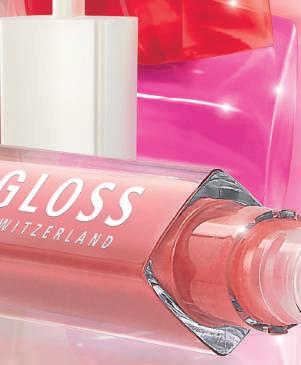

Concentrated in pigments and reflecting mother-of-pearls, this creamy gloss offers a lacquered shine and a colour both fresh and juicy.

Thanks to this caring make-up with a delicate vanilla fragrance, your lips will be supple, protected and brighter than ever !

This caring lip perfector nourishes lips and reinforces their protection. Its smart balance of polymers and softening ingredients allow to obtain a plumping, smooth and non-sticky texture.

– 15 available shades –
www.m av ala. com
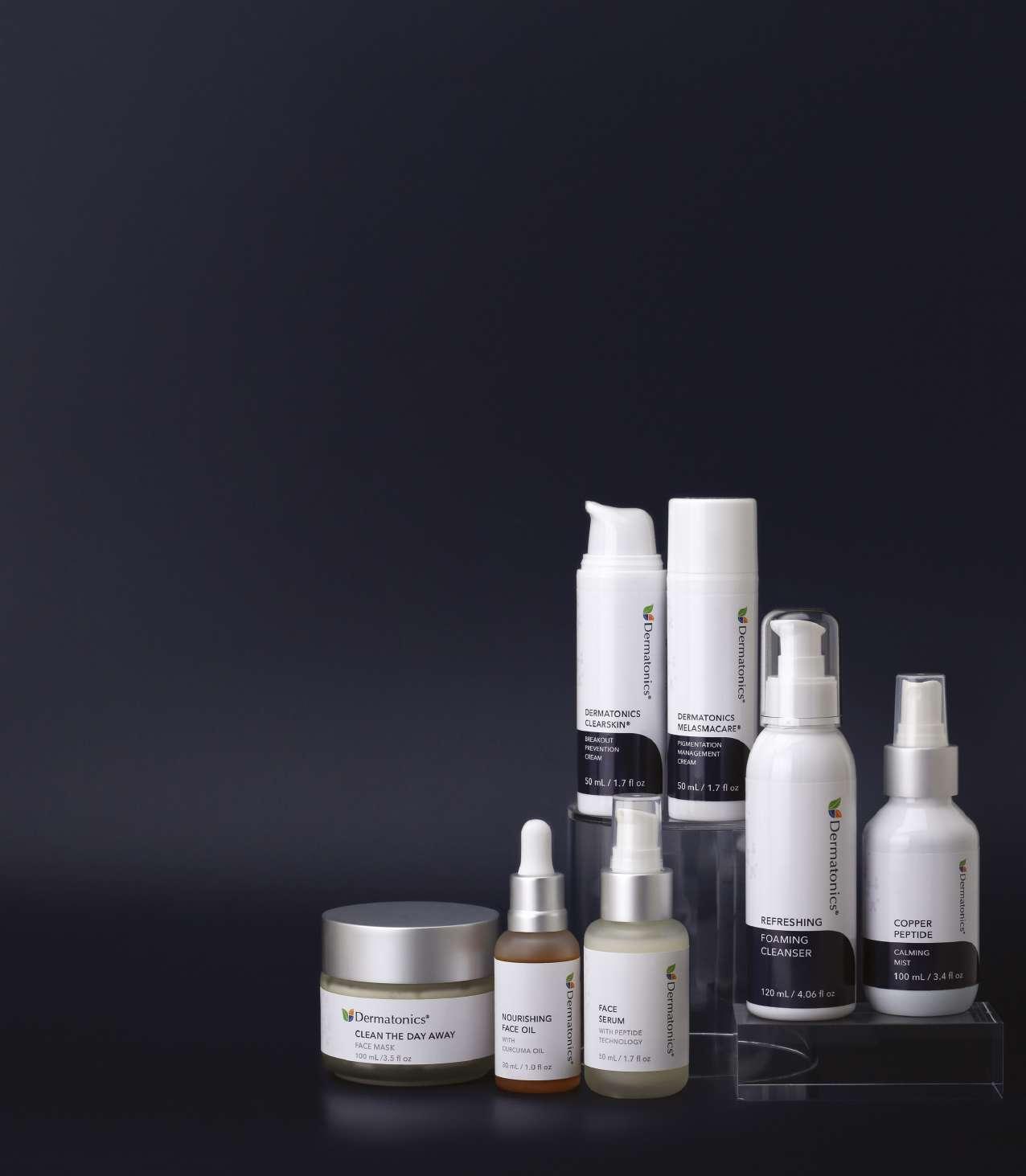

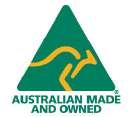
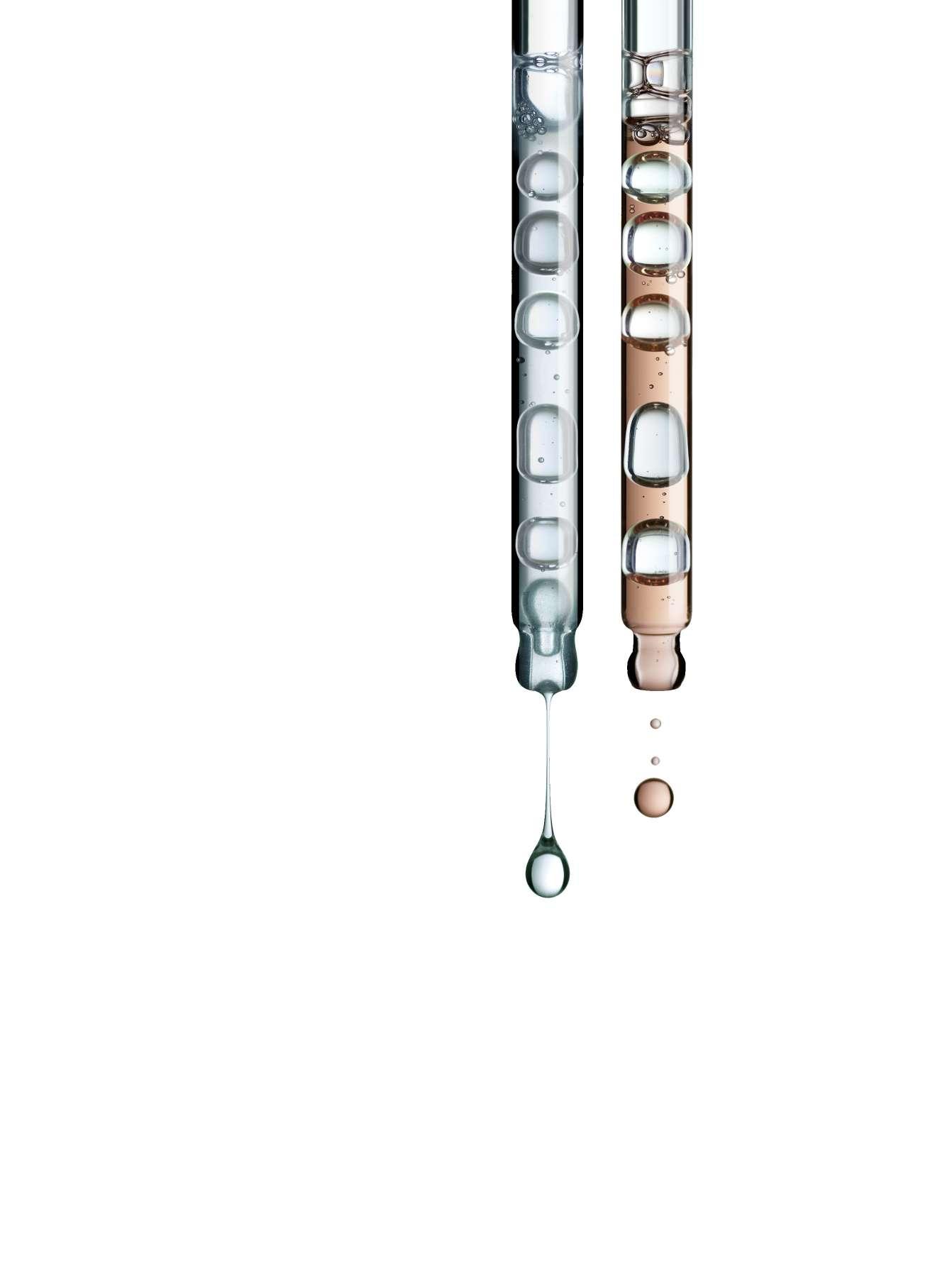
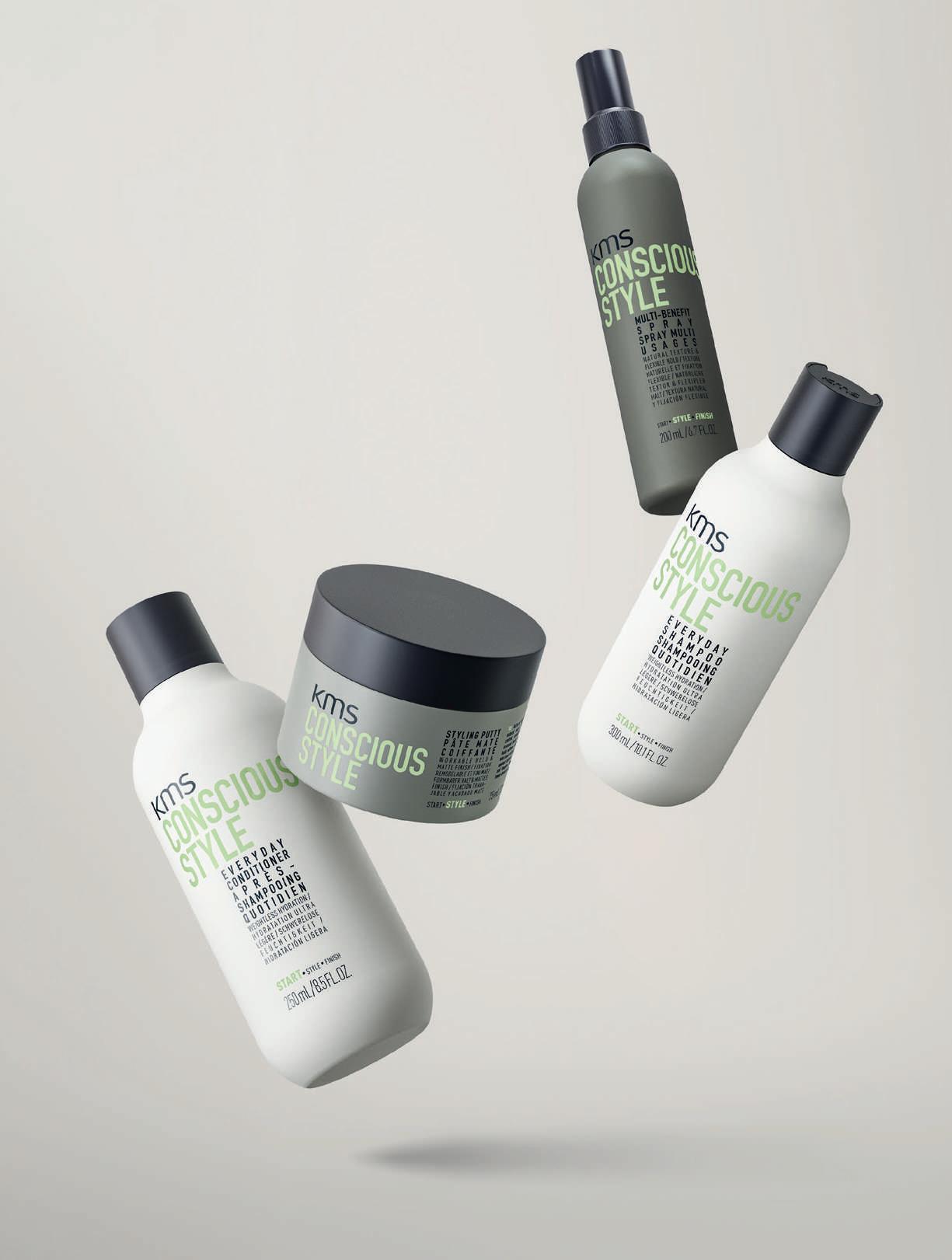
UP TO:
97% BIODEGRADABILITY
98% NATURAL INGREDIENTS
100% PERFORMANCE
USE OF RECYCLED MATERIALS

The new DMK MD Home Prescriptive range represents the application of principles and functions found in biological systems to produce scientific-based solutions!

We started the year in the midst of a huge diversity and inclusivity drive and it’s shown no sign of abating since –we’ve celebrated all genders, all colours, those with disabilities, those with skin conditions – you name it, it’s been championed by a beauty brand. Except, that is, for one marginalized demographic –the majority, in fact – and that’s our aging populations. According to a study conducted by We Are Super Human, 70 percent of women in their 40s and 50s feel ignored by mainstream media.
And that’s a problem when you consider that, together, Gen X and the Baby Boomers make up 75 percent of the population. So why do cosmetics brands remain very much focused on the millennial demographic? Or do they? For towards the end of this year, there have been signs that times are achanging.
First, older faces are appearing everywhere. Charlotte Tilbury, MAC and Revolution are just some of the brands who have been posting images of older women (for older, read, 40+) on their Instagram account – and the engagement that these have generated has been more than worth their while. Of course, given that the eldest
millennials are now exiting their mid30s and headed for 40, it wouldn’t be unreasonable to suggest that these steps are future-proofing rather than the beauty industry finally batting its eyelashes at the invisible middle.
Second, our language has been steadily changing – no longer are we ‘anti-ageing’ instead, we’re all aiming for a ‘healthy glow’. Product names and claims are being tweaked to reflect this – the emphasis is on being your best self. We’re also celebrating our first gray hairs – or so Clairol hopes with its #FaceYourFirst campaign, which aims to encourage us to do precisely that.
There’s also been a noticeable shift in product development. Skin care has taken back the baton from make-up and the trend is increasingly towards multifunctional, resultsfocused products that are surely designed to cater for this time-poor generation’s needs. Increasingly, we’re hearing that a cleanser, moisturiser and sun screen are the ‘thinking woman’s skin care arsenal’ – a wholly approachable routine that is more likely to hook the decidedly more cynical Gen X than the ‘try anything once’ millennials who enabled the K-beauty 12-step, glitter masks and crystal-infused skin care that’s dominated of late. Function, in
the form of single-ingredient products such as retinol or vitamin C, is having a moment.
And with authenticity a buzz-word and taboo subjects in Vogue, it’s only a matter of time until we start to see a raft of products aimed at menopausal women. Get the Gloss is touting this as ‘a new beauty category’ with ‘cosmetic HRT’ a key marketing claim. Meanwhile, 2018’s wonder ingredient, CBD oil, is being hailed as the new miracle cure for menopausal symptoms. It’s only a matter of time before the cosmetics industry connects the dots. There’s also been increasing chat around the microbiome and menopause –so we can no doubt expect to see
skin care innovation spring up in this area too.
One stumbling block the industry does need to tackle is that, from baby boomers to the eldest millennials, we’re increasingly loathe to see ourselves as old and often identify with the prevailing consumer trend regardless of our age. It therefore follows that marketing to a particular age group is necessarily going to be a challenge. The new consumer aligns by lifestyle more than age – 64 percent of millennials and Gen Xers, and 75 percent of Boomers believe in the idea of ‘healthy aging’, according to Allure magazine – it’s worth bearing that in mind.


Nutritive serum for longer, fuller, stronger lashes.


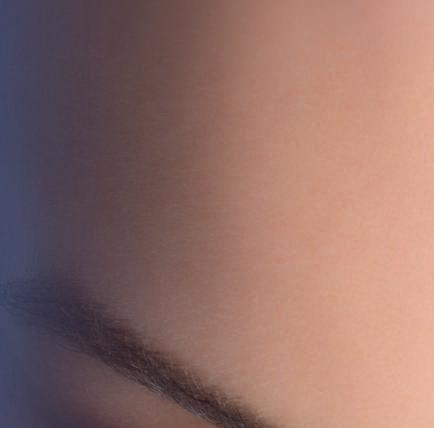



96 % of NATURAL origin ingredients

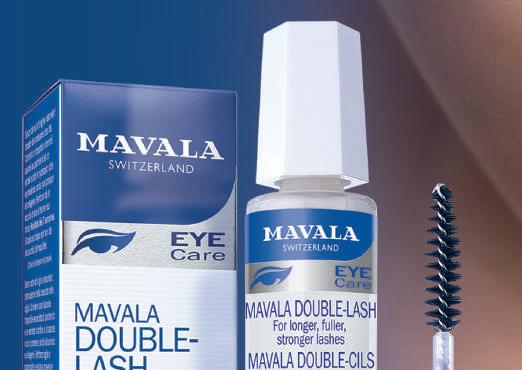

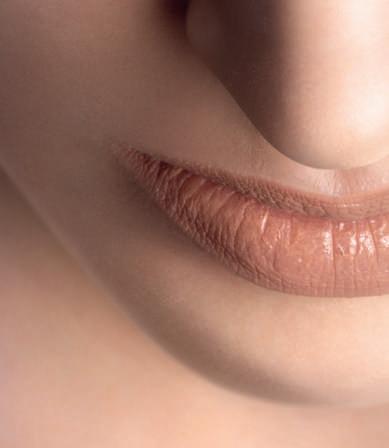
THE ULTIMATE NIGHT CARE FOR YOUR LASHES
Apply MAVALA Double-Lash every evening on clean lashes and allow it to work overnight.
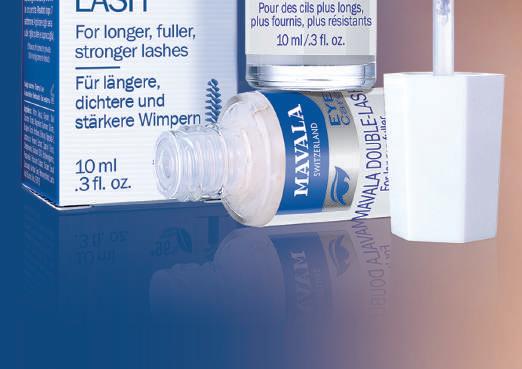
Fuller and longer lashes * after 49 days


• With a revitalizing natural extract combined to a fortifying vitamin complex that improve eyelash growth.
• For silkier, denser, more resistant lashes.
• Also recommended for eyebrows.
Ophthalmologically tested.
Fragrance free, colourant free.
* Clinically proven efficacy. Significant increase in the length and volume of eyelashes after 7 weeks of daily application. Tested on 20 women.

70 product references + professional range for cabin.
Clean beauty, Biotech formulas made in Switzerland for skincare, bodycare, haircare, nailcare, babycare and more.
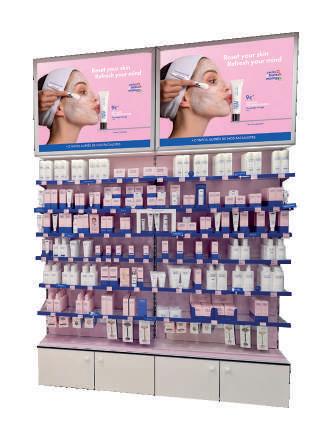

# swiss biotech ecology

The French master Franchise owns 500 beauty salons (2600 cabines), n°1 in Paris and in France.

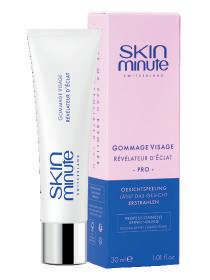

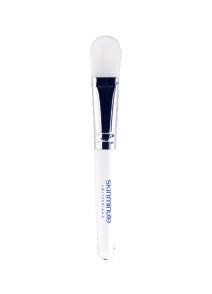





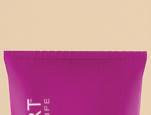


















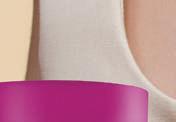



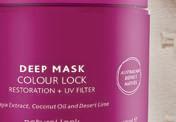
AUSTRALIAN BLEND 5 NATIVE INGREDIENTS

VEGAN FRIENDLY & CRUELTY FREE FREE FROM SLS, PARABEN & PETROCHEMICALS SUITABLE FOR NATURAL, COLOUR TREATED OR HIGHLIGHTED HAIR





We caught up with Enrique Jambrina, PhD, Chief Scientific Officer at In Silico Discovery to find outmoreabouttheirapproach, benefits for end users and future trends
In-Silico Discovery is one of these trailblazing start-ups that designs cosmetic actives with computational techniques – can you tell us more about the company’s DNA?
The people behind ISD are really the engine that made this company a reality.
José María García Antón, the founder, is a well-known entrepreneur known for efficiently translating scientific research into marketed products (i.e.: Lipotec, LipoTrue The Deep Blue Sea Enterprise, PrimaDerm, etc).
He was the first one to think of taking advantage of the knowledge developed by pharmaceutical companies when approaching a disease through a specific protein or mechanism of action, and the possibilities that applying those technologies could offer for the cosmetic and biotechnological fields.
Around this original concept he has been able to gather people with experience in the cosmetic field, in the creation of biotechnologybased start-ups, in pharma project design and execution, and, in computational drug discovery and design – the latter being possible through a solid technological partnership with Nostrum Biodiscovery.
As a brand-new company, the technological advances in the field of computer science offer us the possibility to efficiently identify new
active molecules through virtual screening and de novo design without the need to run costly experiments.
In Silico Discovery (ISD) was then founded with the objective of developing a target-based computational approach for the efficient discovery of new potential actives with application in the cosmetic and biotechnological areas.
What makes In-Silico Discovery’s offering so unique?
We have built our own portfolio following a target-based approach. We have a strong interest in modulating the activity of the different cell types found in the epidermis (Merkel, Langerhans, melanocytes and keratinocytes) as well as in the communication between the nerve endings and these cells.
We have focused our first set of targets on the keratinocytes stem cell population present in the basal cell layer, which has been described as decreasing during ageing.
With this objective in mind, we have navigated through scientific literature to identify targets (proteins) which would have a role in controlling the functionality of this cell population, mainly through their proliferation and barrier functions.
Those selected targets are then modelled in-silico and analysed in the search for possible binding sites where our new molecules will be directed, potentially affecting its conformation and then its function.
The collaboration with Nostrum Biodiscovery gives us access to a series of proprietary algorithms such as PELEplat, pyDock and ED/MD
Suite Simulation as well as their knowledge around ligand-protein interactions.
There are a few companies that offer computational services, but we are unique in offering our own selection of actives selected with proprietary in-silico tools, algorithms and molecule virtual libraries.
This in-silico approach focused on a specific target protein offers a highly efficient method in the early stages of active ingredients identification, speeding up discovery and avoiding the use of precious experimental resources, which can be focused on key experiments.
This methodology also provides a strong scientific hypothesis about the mechanism of action for these new cosmetic actives.
From our own experience, the projects can take 3 to 6 months depending on the target and the strategy followed which could be based in the identification of small peptides as binders of the protein of interest or the design of a novel small protein that will mimic the function of the original target, and which is easier to obtain than the original one.
Before starting any of our projects we perform a patent search to guarantee a significant level of freedom to operate. Lastly, our clients will find a list of novel molecules selected by the most advanced in-silico algorithms predicting their binding properties, ready to be synthesized, tested, and incorporated in their formulations.
Our findings and the strategy followed to identify those actives are protected by Trade Secret offering the end-users the possibility to fulfil a patent.

What does the future look like for In-Silico Discovery? What future trends can you predict in the world of cosmetic actives design?
Over the past few years, there has been an exponential increase in the knowledge of the mechanisms and genes involved in the ageing process and their implication in the origin and progression of different diseases such as oncology, inflammation, and neurodegeneration.
This interest has been echoed in the creation of new scientific journals (i.e.: Nature Aging), and the creation of companies like Altos Labs, focused on cellular rejuvenation programming.
Keeping a broad point of view when designing future cosmetic formulations will then be critical in order to apply those findings from other scientific areas into the cosmetic sector.
Topics such as senescence, autophagy, or mitochondria health are already of interest in the maintenance of skin homeostasis and such processes
could be influenced by specific proteins whose functions we will be able to modulate.
On the other hand, the continuous and fascinating developments in the AI and machine learning fields, such as the design of de novo proteins, or the combination of different activities in just one molecule, will offer new and exciting ways to identify new actives in a very effective manner.
It will also continue to offer a new perspective on the modulation of those signalling pathways essential for skin health.

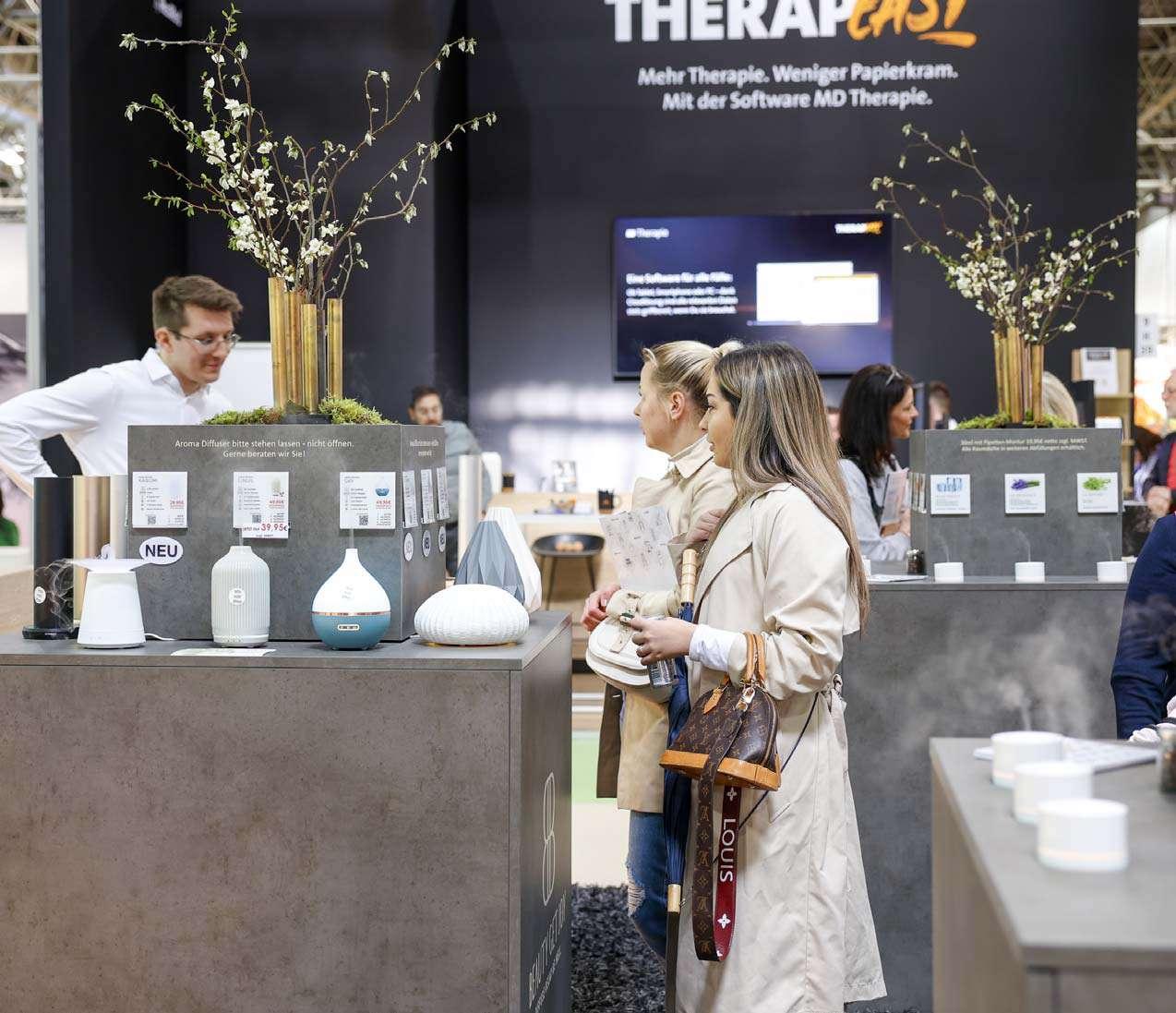
Great hair is a real head turner. Healthy hair can make a person look and feel good without make-up, enabling one to stand out in a crowd, or still allow one to express their own style even when our faces are covered with masks.
With UV, heat styling, colouring, perming, straightening and other lifestyle factors damaging our hair on a regular basis, it’s no wonder hair repair products have been trending. So, what are the essential ingredients for hair repair formulas? Read on to find out…
Hair repair formula essential #1: Lightweight oils or silicones
Damaged hair looks coarse, feels dry and has the appearance of ‘flyaways’ because of damage to the cuticle – the outer cells of the hair shaft. In healthy hair, these cells sit flat, like roof tiles, and have a fine lipid coating to give the hair shine, softness and reduce tangling.
Damaged hair lacks the smooth arrangement of these cells and therefore doesn’t have the same fine layer of natural lipids; so, one of the best ways to fix this issue is to provide a small amount of lightweight oil or silicone. If creating a:
• Shampoo formula: the oil input is best provide as a superfatting agent, so the hair is gently yet effectively cleansed.
• Conditioner or mask formula: the drier and more damaged the hair, the more oil needed! Since you don’t want to weigh down the hair, use 5-7%w/w of a light weight long spreading lipid.
• Hair oil formula: the majority of these formulas should contain volatile lipids, with a small amount of non-volatile lipids for shine and smoothing. The non-volatile lipids are your weightless carriers that will evaporate shortly after applying; while the non-volatile materials will provide the lasting softness and gloss. Watch this video for silicone based hair oils, or this video for a natural hair oil formula.
Hair repair formula essential #2: Hydrolised proteins
Your hair is composed of proteins, so if you want to prepare it, it makes sense you need the building blocks of proteins! Hydrolysed proteins are water soluble combinations of amino acids and peptides from an original protein source. When added to a hair care formula, they act to fill the gaps of damage and provide the strength missing from lifted and lost cuticle cells.
Hydrophilic portion
There are many different hydrolysed proteins to choose from plant and animal sources, in varying molecular weights. If creating a:
• Shampoo formula: choose a hydrolysed protein with efficacy data to show its performance in a wash off product. These should be relatively low molecular weight so they don’t leave the hair feeling heavy after cleansing.
• Conditioner or mask formula: choose a hydrolysed protein with data to show its substantivity. A high molecular weight material in hair repair conditioners and masks provides stronger repair and protection benefits.
• Hair repair serum: hydrolysed proteins are perfect in leave on hair serums for the ultimate in hair repair. Since they are water soluble, there would be very few hydrolysed protein preparations to suit hair oils
– hence a split end serum is an ideal way to provide lasting repair. Hair repair creams can also be a great way to deliver hydrolysed proteins without weighing the hair down.
Hair repair formula essential #3: Cationic agent
The hair is normally in a negatively charged state, so when we add positively charged substances (a cationic or quaternary material) to a haircare formula, they not only bind strongly to the hair, but also provide desirable ‘slip’ and detangling.
When choosing your cationic agent, remember:
• Cationic surfactants are incompatible with anionic surfactants – they will form insoluble complexes in a cosmetic formula.
• There are strict input limits over the use of some cationic surfactants such as cetrimonium chloride and behentrimonium chloride – while they are effective conditioning agents, they can also be very irritating so check your local country regulations for limits on use.
• Cationic polymers, such as cationic gums (e.g. guar hydroxypropyltrimonium chloride) and polyquaternium agents are compatible with anionic surfactants.
• Cationic polymers do not have nearly the same charge or smoothing properties that a cationic surfactant does, but are more
compatible and often less irritating. If you are creating a:
• Shampoo formula: use cationic gums and polyquaternium agents only. You would normally only add one or the other for budget reasons.

• Conditioner formula: conditioner formulas contain a cationic surfactant for that beautiful slippery feeling and detangling. Cationic gums or polyquaterniums can add to this cationic benefit whilst managing potential irritancy if the budget allows.
• Mask formula: should include a cationic surfactant at a high level (remember to check regulations for limits), and at least a cationic gum or polyquaternium or both for maximum smoothing and conditioning benefits. You’d also have light weight oils and hydrolysed proteins for maximum results, watch how to make a hair mask formula.
You may also want to add other actives, extracts and humectants to support these essential hair repair formula ingredients. Speak with your suppliers or visit them at your nearest in-cosmetics exhibition and get creating great hair repair formulas today!
Happy formulating!
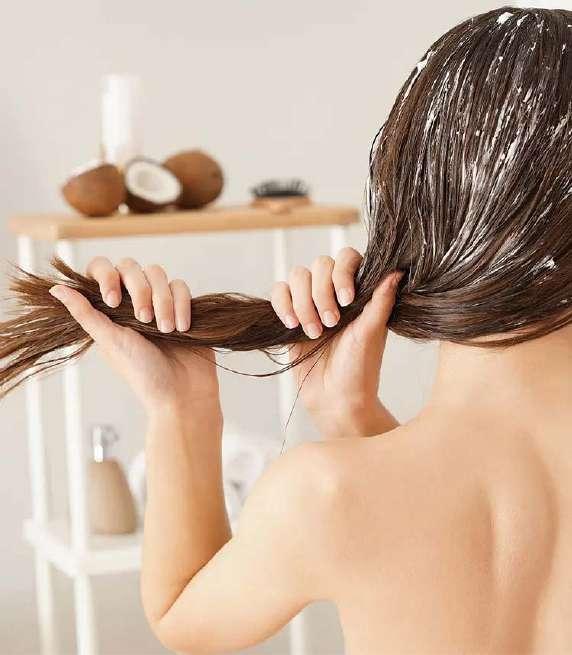
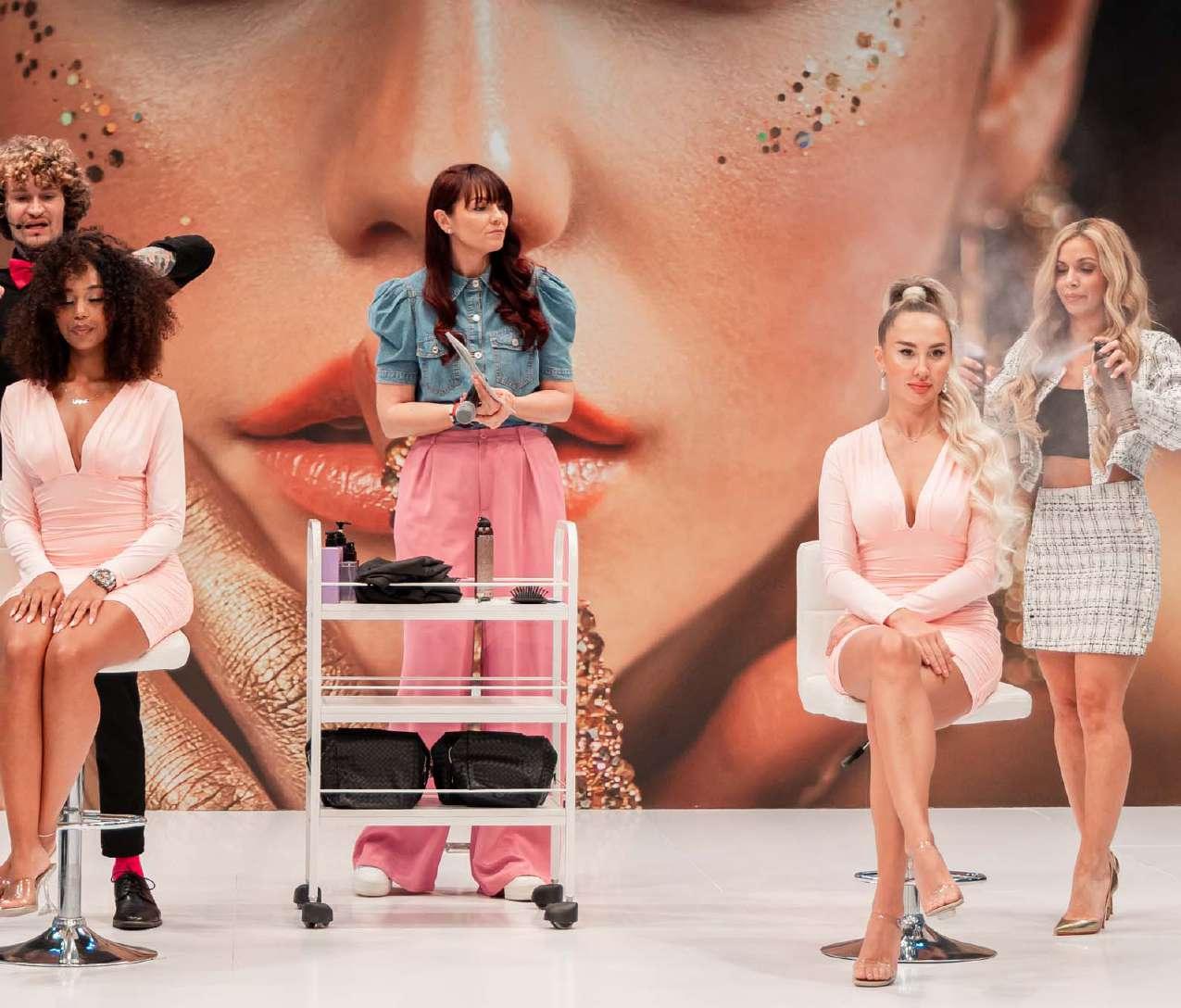

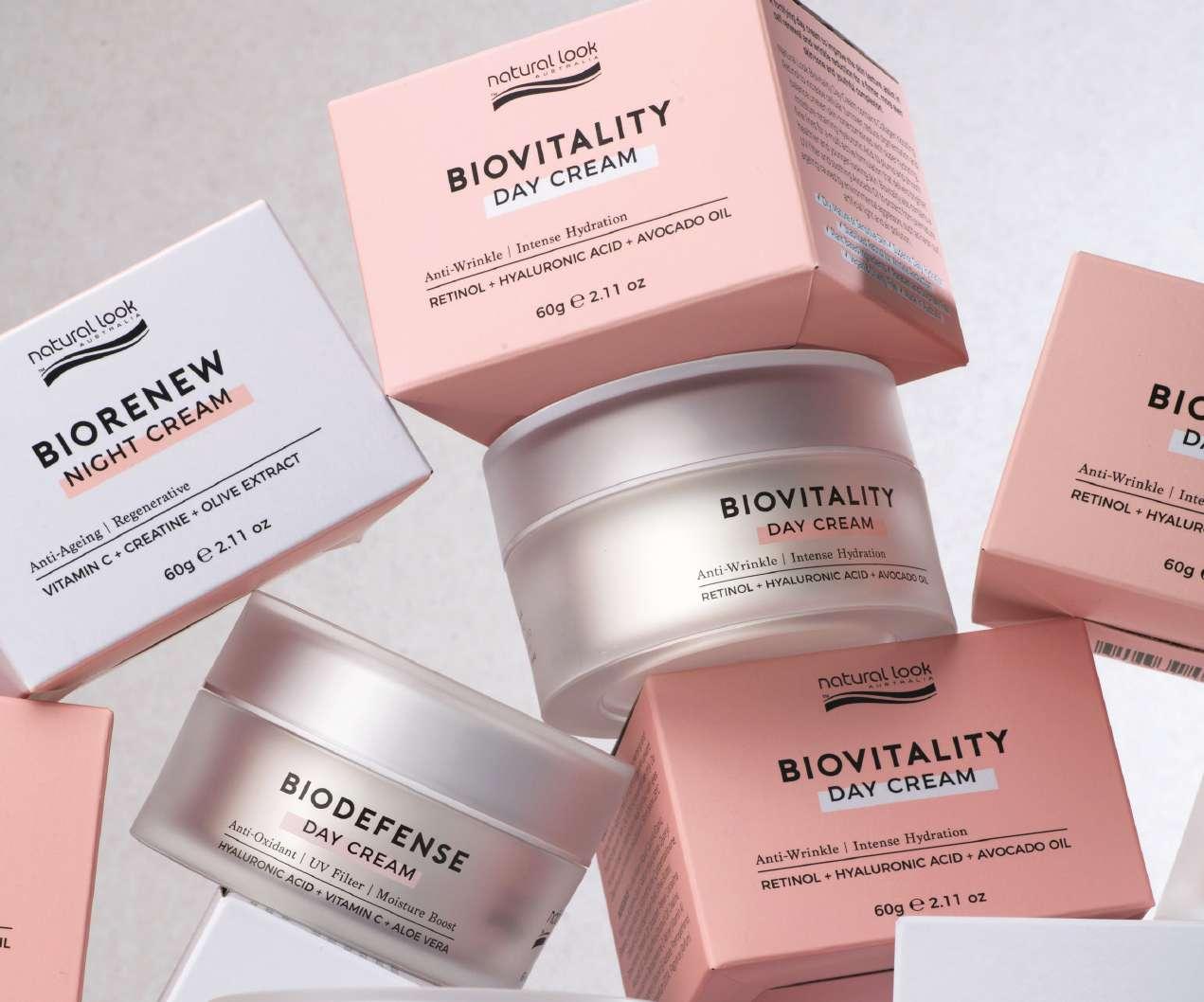
Natural Look Skincare is clean, conscious, effective skincare that is gentle on your skin and gentle on our planet. Made using nature’s most restorative, nourishing ingredients, showcasing natural, clean, plant-based formulas, that are never tested on animals plus they are Vegan Friendly and Australian Owned & Made.



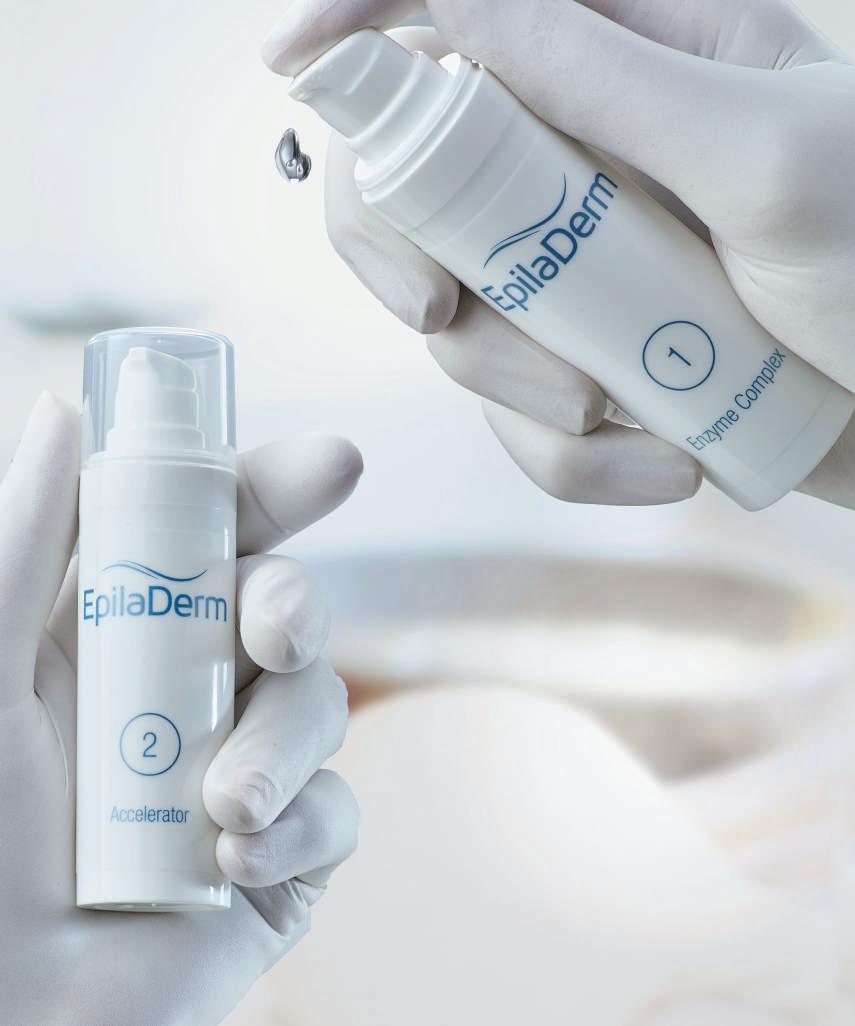
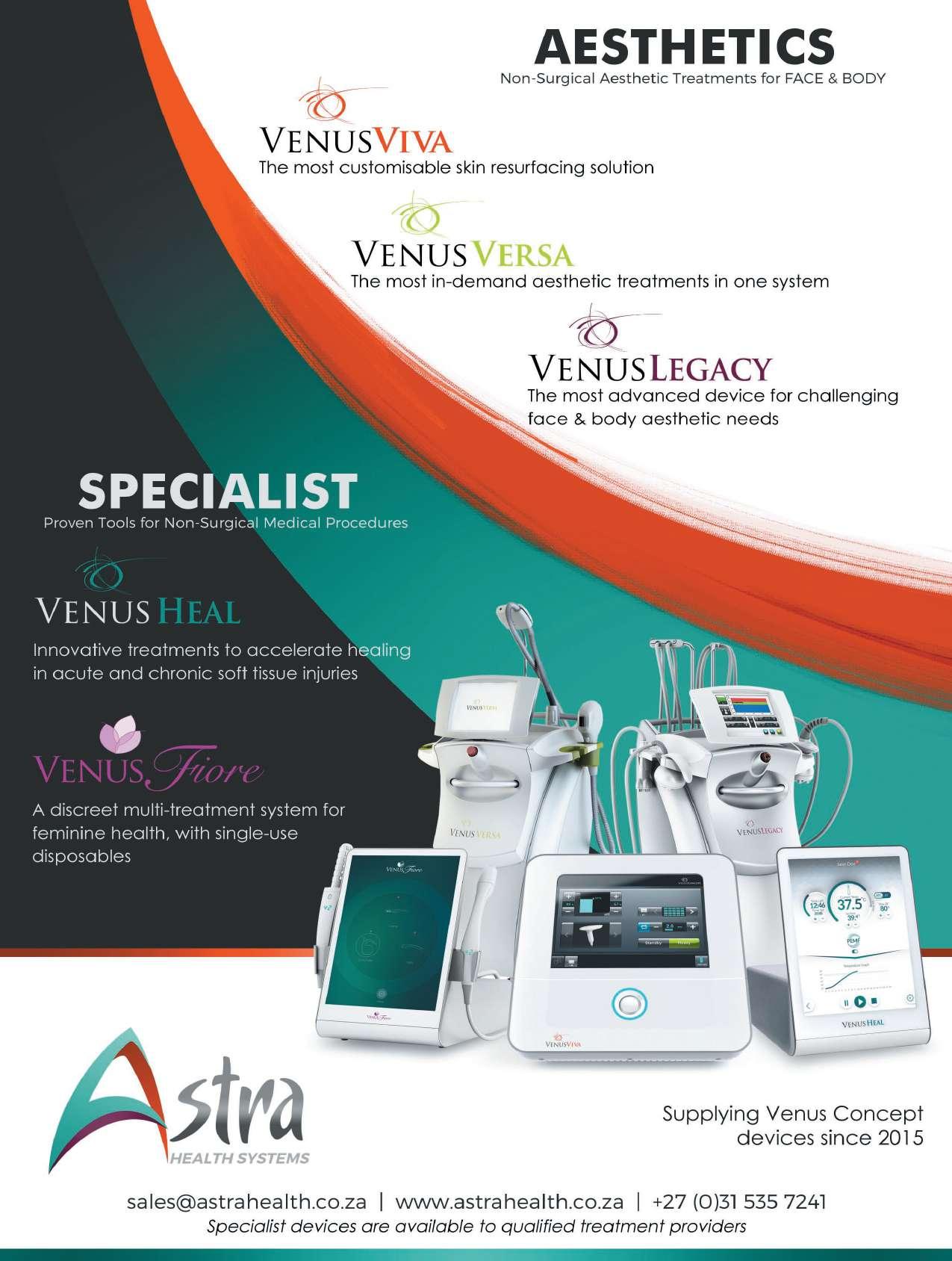
Haircare will maintain great empathy with consumers and their needs whilst considering personalization, scalp, emotions, professional finishing and sustainability in new launches. The hair cosmetics category has a projected CAGR of 5.6% in the period 2022-2028 according to Fortune Business, which represents a great opportunity globally. So, let’s have a look at 10 trends that will inspire us with the latest technological advances in science and the industry.
The microbiome of hair and scalp is specific to everyone and it can be modified with consumer habits or conditions. That is how, recently research by Watanabe and colleagues in Nature reports found that hair strands contain Pseudomonas in a greater proportion, and Cutibacterium and Staphylococcus coexist on the scalp with distinguishable profiles from other skin areas.
Also, Cutibacterium, Lawsonella and Moxarella decrease due to hair styling while Pseudomona does it with bleaching.
Another study presented at IFSCC showed a decrease of Cutibacterium and Staphylococcus in people with androgenetic alopecia (AGA). This new knowledge has direct application in the hair industry which can recommend a healthy hair routine accompanied with a microbiome analysis!
The skin-brain connection is well documented. What about hair?
Mechanisms with the nervous system and hair growth are being
investigated. At IFSCC 2022 we saw an active ingredient that binds to olfactory receptors expressed in the follicle and promotes hair growth indicating a target of interest. Neuroscience techniques (electroencephalography EEG, galvanic response GSR, eye tracking) together with AI and VR tools allow us to evaluate the connection of fragrances and the response of consumers to hair product. We will analyse how neuroscience and predictions mix!
The hairdresser startup Green Salón Collective gives the vision of Hair as Biomaterial. The disruptive innovation of this company is to re-use haircut. 5 tons of hair as: a) Fertilizer (72,000 tons/year from the salon end up in landfills in Europe) and b) Oil absorbent material.
Haircuts packaged in cotton or nylon tubes form powerful barriers to stop oil spills contributing to sea decontamination. Planet care opens up new opportunities in haircare.
Alternatives to traditional hair material are booming, giving greater naturalness and performance in formulations.
Aja Labs is developing a biodegradable plant-derived polymer with excellent softness and shine characteristics to replace hair extensions. This vegan hair together with ecofriendly dyes (quinones, tannins, flavonoids, indigo, curcuminoids and carotenoids) are alternative biomaterials that will conquer the hair market.
The brand Madison Reed recently
launched a virtual hair colour test app using AR technology from Perfect Corp. The app allows consumers to try on more than 50 hair colours virtually, giving them confidence about their next colour style. Likewise, AI and Machine Learning are useful to study active ingredients with anti-hair loss activity and predict compounds with antioxidant action in the follicle! The new hair claims developed with this technology will be thickening, regeneration, controlling alopecia and grey hair.
The portable device Rootonix Dr. Finger Volume Booster, presented at CES 2023, diagnoses hair health by evaluating the conditions of the scalp and hair loss, keeping the consumers informed and accompanying them professionally with a technological treatment from home. We hope that it will be launched to the global market in 2023. technology for use by hairdressers is being implemented by Schwarzkopf’s SalonLab Smart Analyzer, where hair is analyzed offering customization. Device development will be rising exponentially in 2023.
Exosomes are small extracellular microvesicles that release mRNAs, microRNAs, cytokines, and growth factors. Studies demonstrated that exosome therapies can combat hair loss as well as stem cell exosome composition promotes hair growth.
Will we see an anti-loss exosome spray in our daily routine? We don’t know, but we are certain that in 2023 it will be a topic of interest.
Do you know we can spend up to
15 liters of water washing hair? This has been corroborated by a SCSS study report to calculate Water Footprint.
Innovations such as L’Oreal’s Water Saver which combines micronization technology with formulations infused directly into the water jet in a dispensing device, allow for a 60% reduction in water

consumption. Also, the REDUIT HAIRPODS based on magnetic nebulization contain a hair conditioner in an aerosol of drops 50 times smaller than a traditional product; it improves the product spread, penetration, and fixation. Five mL of the HAIRPOD is equivalent to 100-200 mL of treatment, Decreasing the number of ingredients in the process. We will see massification of these types of products with cost-benefit efficiency!
Controlling the oxidative stress in the bulb and scalp contributes to the reduction of hair loss. The manganese thiophosphite has a greater capacity for hair regeneration compared to Minoxidil, according to the study carried out in China by Zhang and colleagues in Nanolett magazine.
We will see a boom in the prevention and fight against premature baldness and exposomes that affect hair health!
We already saw disruptive innovations such as beer-type shampoo with fermentsthatpromotehairhealthandicecream-typetreatmentsthat provoke fiber care into a hedonic world. Now, we will see new formats inspired by face care such as hair tonics and moisturizers to strengthen the scalp, and specialized treatments in the strengthening bond trend which penetratethefiberandrepairitfromtheinsidewithformatsthatimprove effectivenessinthecapillarycortex.
We are on a challenging path for 2023, which will take us to a new world and will review these trends at the end of the year with results leading us onto a new adventure.
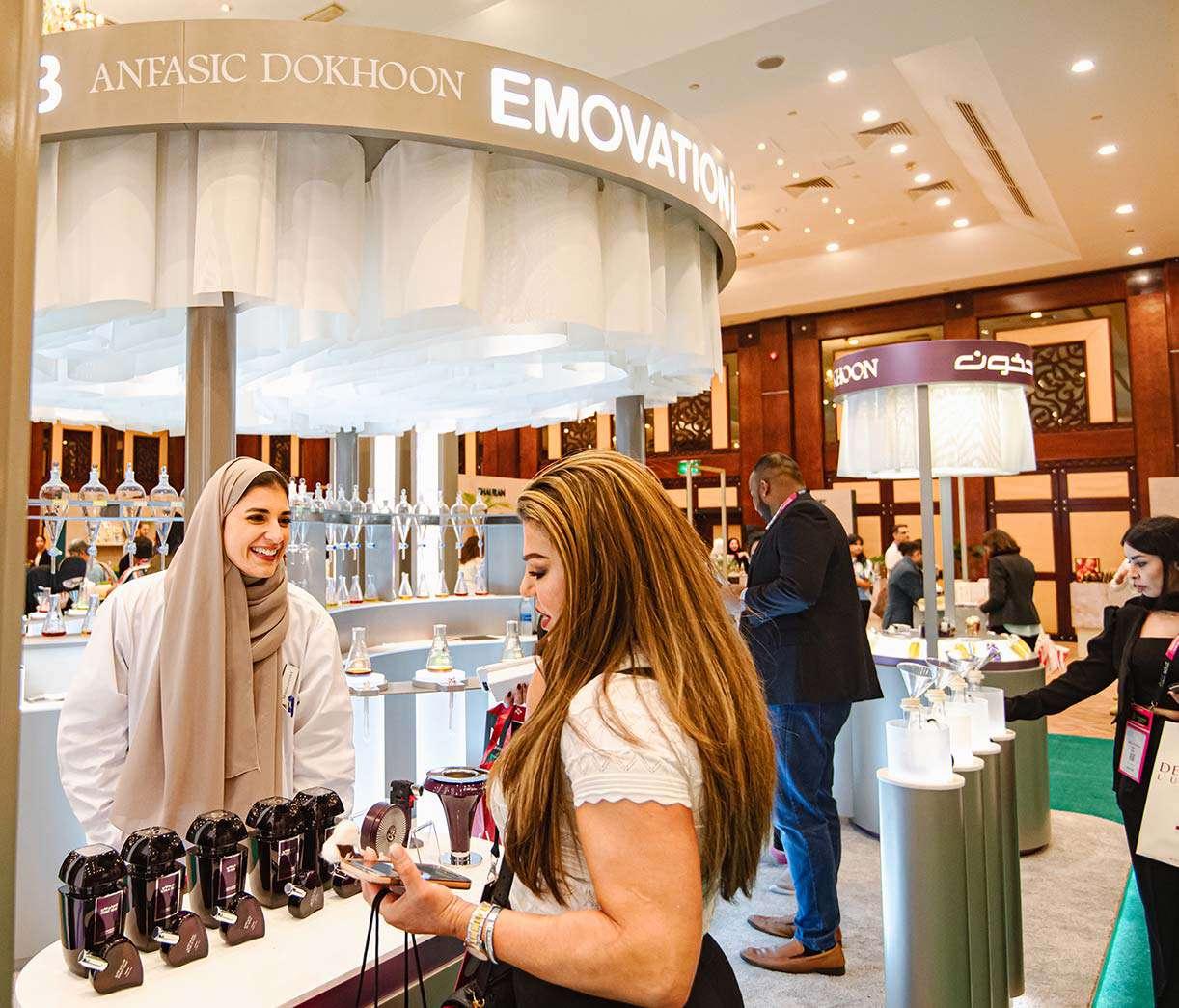
17 finalists from across the GCC will compete in a showstopping live final of the prestigious annual hair competition, powered by haircare experts Goldwell, on October 28 during Beautyworld Middle East
Nine new winners will be crowned across three categories –Hair Colourist of the Year, Hair Cutter of the Year and New Talent of the Year – with the finale held on Beautyworld Middle East’s brand new beautyLIVE stage.
Registrations are now open to attend the “Arabian Color Fiesta” Finale and connect with an exclusive community of Goldwell haircare professionals.
Beautyworld Middle East Dubai, UAE:
Beautyworld Middle East 2024 will host the live final of the annual “Arabian Color Fiesta” – the industryleading hair competition that celebrates the artistry, creativity and talents of hair professionals across the GCC. Powered by Goldwell, a leader in the haircare industry and a trusted partner to hairdressers around the world since 1948, the event at Dubai World Trade Centre brings together the region’s most talented stylists to compete in three different categories – Hair Colourist of the Year, Hair Cutter of the Year and New Talent of the Year.
With Level 1 of the competition already completed, Level 2 will see 17 finalists go head-to-head in a live final from 1pm – 5pm on October 28 at Beautyworld Middle East. The competition culminates in a showstopping live finale at 8pm to crown this year’s nine “Arabian Color Fiesta” winners, with Gold, Silver and Bronze awarded in each of the three
categories. The competition will be held on the beautyLIVE stage, a brand-new feature debuting at Beautyworld Middle East for 2024, that offers an exciting line-up of live hair and make-up demonstrations, presentations and interactive sessions throughout Beautyworld Middle East’s three-day event. Providing the perfect platform for the live “Arabian Color Fiesta” finale, it offers attendees an up-close and personal experience and truly brings the world of beauty to life. Beyond the competition, the “Arabian Color Fiesta” also provides hair professionals and salon owners an opportunity to observe the region’s creativity and expertise first-hand, with a front-row seat to some of the GCC’s most promising new names. In turn, the event fosters relationships and builds connections within the industry, helping shape the futures of up-and-coming talent.
Commenting on “Arabian Color Fiesta” at Beautyworld Middle East, Ravi Ramchandani, Show Manager at event organisers, Messe Frankfurt Middle East, says: “We've dedicated immense effort and attention to curating the beautyLIVE stage, elevating the hair salon supplies experience at Beautyworld Middle East. In collaboration with the vibrant “Arabian Color Fiesta”, powered by Goldwell Middle East, attendees can expect education, inspiring demonstrations, and a showcase of cutting-edge hair styling and colouring techniques. Every element has been thoughtfully designed with salon professionals in mind and we are excited for our visitors to experience something truly extraordinary”
The “Arabian Color Fiesta” continues Goldwell’s longstanding commit-
ment to commend creativity, innovation and artistry in the hair industry, whilst providing an opportunity for attendees to celebrate and connect with the Goldwell community, further enhancing its role in empowering professionals across the GCC.

Discussing the competition and the live finale of the “Arabian Color Fiesta” 2024: We are thrilled to unveil the grand finale of the GCC’s largest hair competition, powered by Goldwell, at Beautyworld Middle East," says Mohammad Madi, Group President of MADI International.
“After five months of showcasing extraordinary talent from across the region, we’re excited to celebrate the artistry and innovation that define the best in the business. At Goldwell, we believe it’s the stylists who truly transform the world of beauty, and this event is a testament to their exceptional skill and creativity.
The “Arabian Color Fiesta” competition at Beautyworld Middle East 2024 is an invite-only event, so those wishing to witness the exhilarating live finale firsthand can register to attend at: https://dashboard.mailerlite.com/forms/ 982662/130254688830358917/share
Alongside the “Arabian Color Fiesta”, Beautyworld Middle East features an exclusive three-day programme that includes: The Beautyworld Middle East Awards, honouring the region’s most impactful beauty professionals and brands; The Next in Beauty Conference, with a line-up of renowned speakers sharing insight and expertise on global trends, beauty tech and more; and Front Row by Nazih, a visionary show highlight that immerses you in the latest industry trends and developments.
Now in its 28th year, Beautyworld Middle East is the largest and most important trade show in the region and plays a vital role in the growth and development of the region’s beauty and personal care industries.
The three-day event sees industry professionals converge to discuss, brainstorm, connect and share ideas in a dynamic and engaging environment.
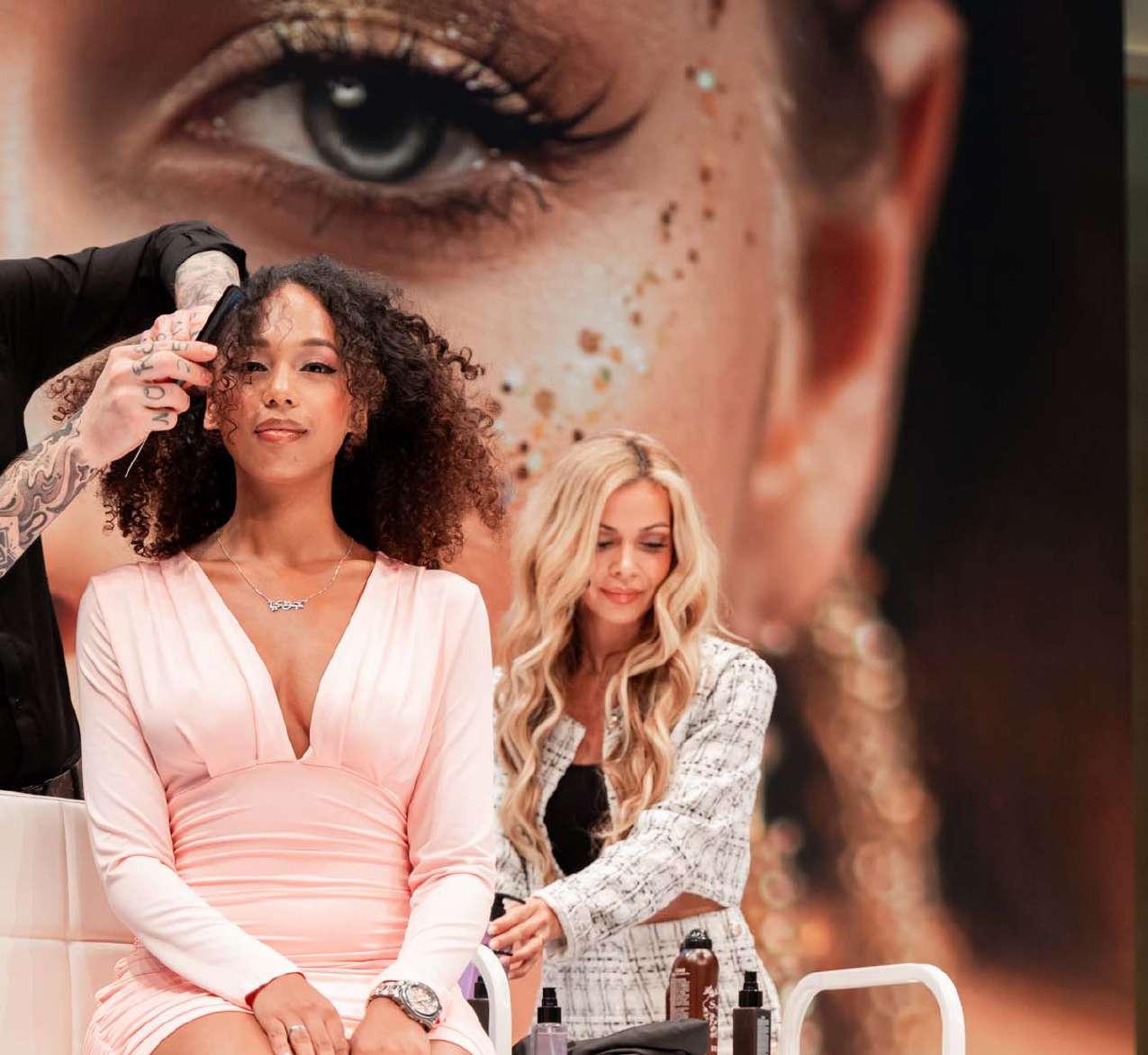

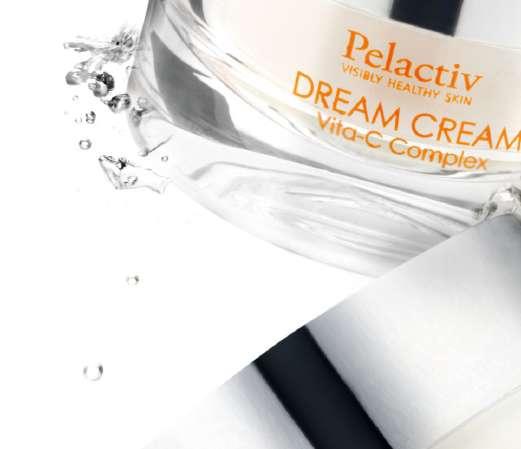
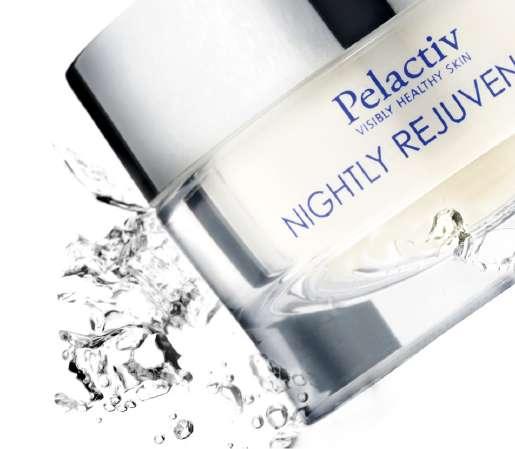
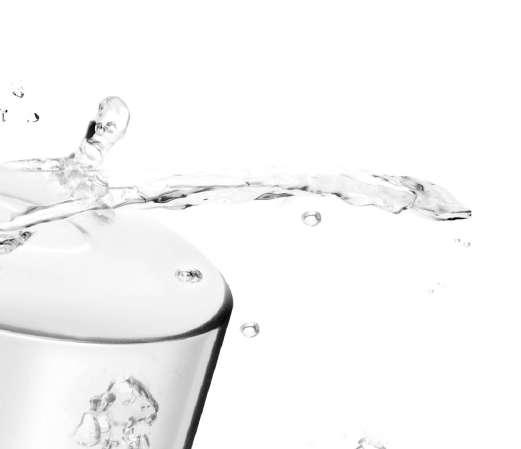
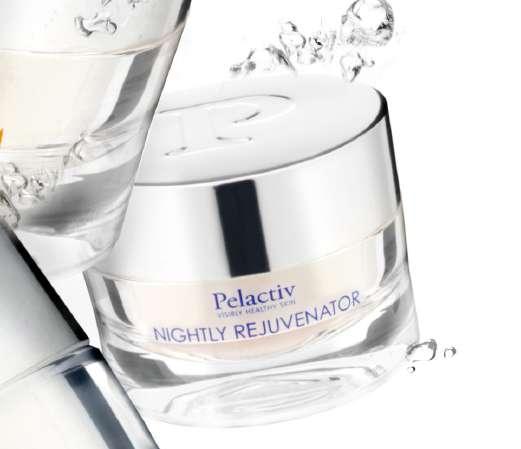

Ioften get asked: what is the difference between pharmaceuti cal formulation and cosmetic formulation? While the use of therapeutic actives and delivery is often cited as the most obvious variation, the other main distinction is that cosmetic formulas must be much more aesthetically pleasing to consumers than their medicinal counterparts.
When creating pharmaceutical formulas, we need to be concerned foremost with ensuring stable and effective delivery of a medicinal compound; how the product feels or smells is of much lesser importance. When it comes to formulating cosmetics however, while the product must perform as required by a consumer, it must also provide a pleasing sensory experience to fulfill their expectations and meet often intangible desires. Let’s look at some formulating tips to ensure your cosmetic formulas deliver on the sensory and aromatic aspects deemed desirable and essential by consumers.
When a consumer tests a cosmetic product, they will usually apply a small portion to the back of their hand or palm, smell it, then rub it between their fingertips. See additional interesting consumer habits in this video. This can mean the difference between them purchasing a product or choosing to leave it on the shelf.
You can alter the immediate sensory pleasure of a cosmetic product by:
selecting emulsifiers that have a cushioning feeling without excessive rub in time; choosing lipids with volatility or little play time for oily skin
types; using lipids with a buttery sensory for dry or sensitive skin products; combining lipids to create a long spreading emolliency required by body products; and/or adding gums that can alter the spread and feel of lipids on contact. You may also find it useful to add cooling ingredients (such as menthol) or warming ingredients (such as zeolite) in certain cosmetic formulation types for an extra wow factor on application. See more tips on how to formulate for rapid results with this blog. Testing the immediate sensory experience of a product with a target consumer group can be an important aspect to see how well your cosmetic formula appeals to them from the very first introduction.
The lasting sensory of a product needs to support the performance aspects of the cosmetic formula. In formulation terms, examples include:
formulas for dry, mature and sensitive skin types need a lingering emolliency on the skin, long after it has been applied; cosmetics for hair care should have little to no residue shortly after being applied – volatile lipids can be a great way to achieve this result; make up products need to spread well during application but then must not run into fine lines or move throughout the day; formulas for oily skin types should remain relatively weightless from application – but usually benefit from the addition of humectants for non-greasy hydration. Think about the needs of your target consumer: the lasting sensory profile of a cosmetic formula should support these needs to ensure the best results of the product over a prolonged period.
The aroma of your cosmetic formula can be used to entice a consumer to test its sensory, and can reinforce the message you are trying to convey about the product. The smell of a cosmetic product has such a powerful impact, it can instantly appeal or deter a consumer from purchase! For

example, if you are formulating for a:
sensitive skin market: fragrances and essential oils are often avoided. budget market: cheap fragrances with simple aromas are usually the best choice.
natural market: essential oils or natural fragrances created from essential oil isolates are generally required.
luxury market: the aromatic profile must be highly specialized to your ideal consumer, whether it be from essential oils or fragrance materials.
When creating cosmetic formulas with essential oils, remember their input is generally too low to be of therapeutic benefit, and their inclusion must not be marketed based on their traditional medicinal uses. Some essential oils can support the performance of active ingredients by balancing the sebum levels of the skin or hair, although their use must be carefully considered if the aromatic profile is not appealing to your target market, despite their
benefits. Aromas can also be used to define a product range, impart an uplifting or relaxing mood, cover undesirable body odours or boost attraction. Learn how to choose aromas to suit your target market, including the use of essential oils, and incorporate them safely into your formulas.
Consumers have a lot of choice when it comes to personal care. The immediate and long-term sensory aspects of a cosmetic formula, and especially its aroma, can be a make-or-break point when consumers are considering whether to purchase new cosmetic products. Consumers can’t often know just how well a product will work when they are first introduced to it at the shelf – but they can sense whether they like how a product smells and feels almost immediately. Use the tips in this article to ensure the sensory experience suits their preferences and boosts the positive experience of using your brands cosmetic products.
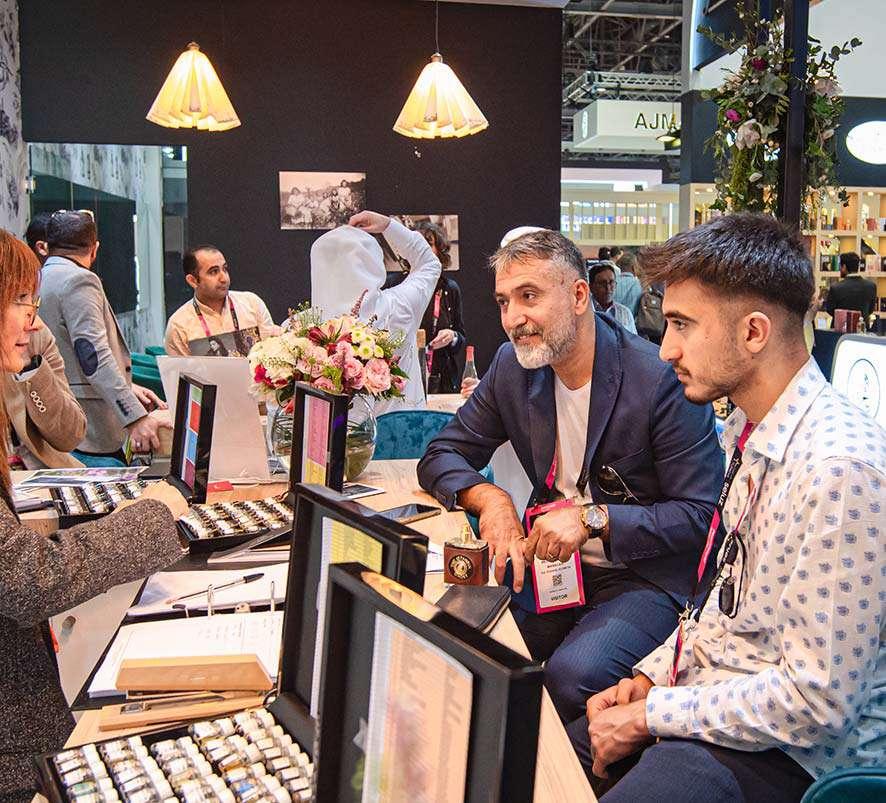



Achieve a beautiful, natural looking tan that is completely customisable with skin loving botanicals! Designed with plant-derived Dihy-droxyacetone (DHA), Erythrulose & premium Bio-Melanin for a flawless streakfree, long lasting and glowing tan in just one hour!
The natural Bio-Melanin pigment works by adjusting to suit the skin colour, meaning a LYCO-BRONZE tan will always be the perfect colour!
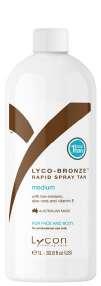



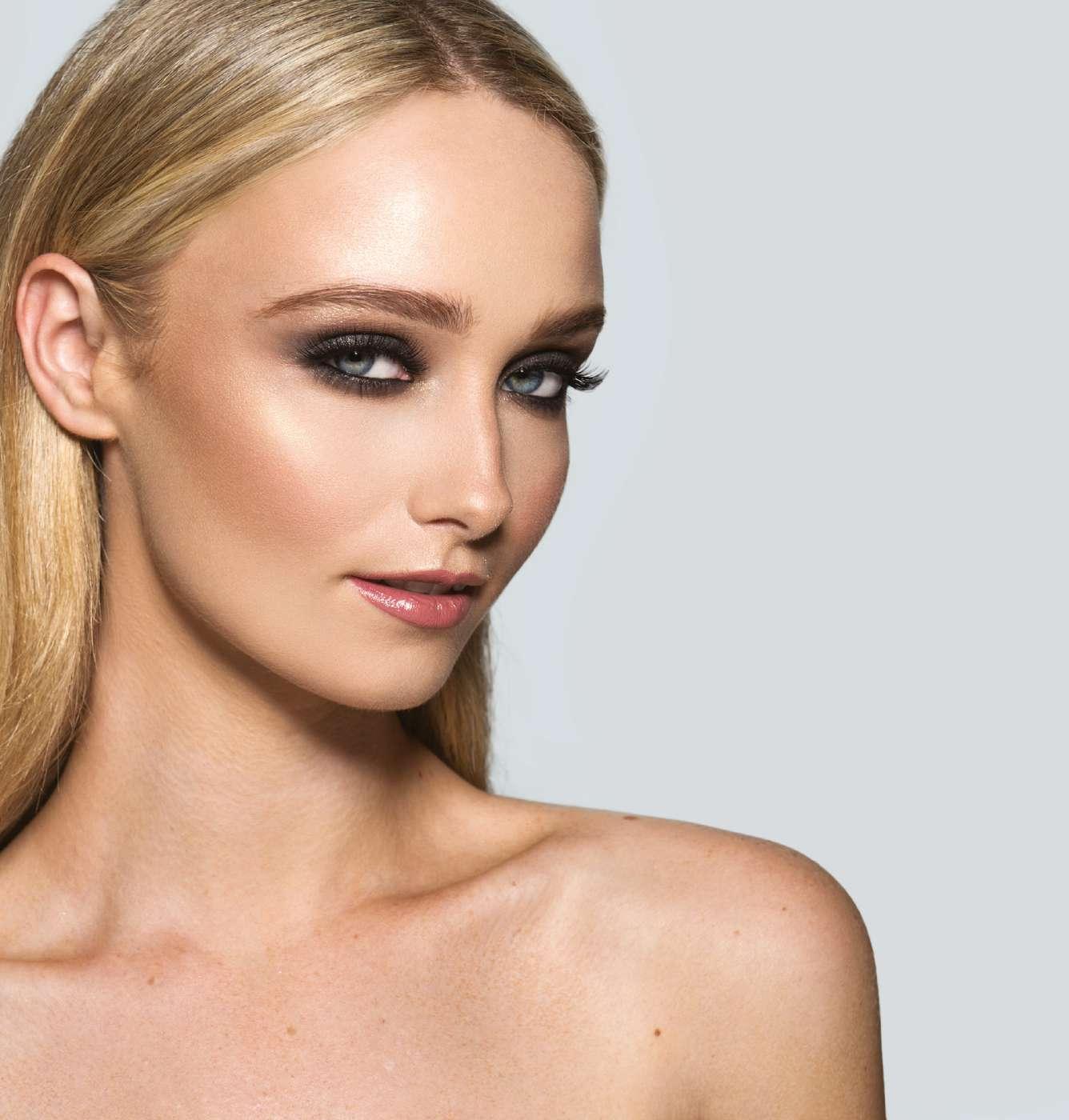
DISCOVER WHY VICTORIA CURTIS COSMETICS IS AUSTRALIA’S FASTEST GROWING MAKEUP BRAND
AUSTRALIAN OWNED SALON EXCLUSIVE BRAND SKINCARE MAKEUP ASSISTS WITH TREATMENT RECOVERY PHARMACEUTICAL GRADE MINERALS ONLINE STAFF TUTORIALS CRUELTY FREE HYPOALLERGENIC PARABEN FREE
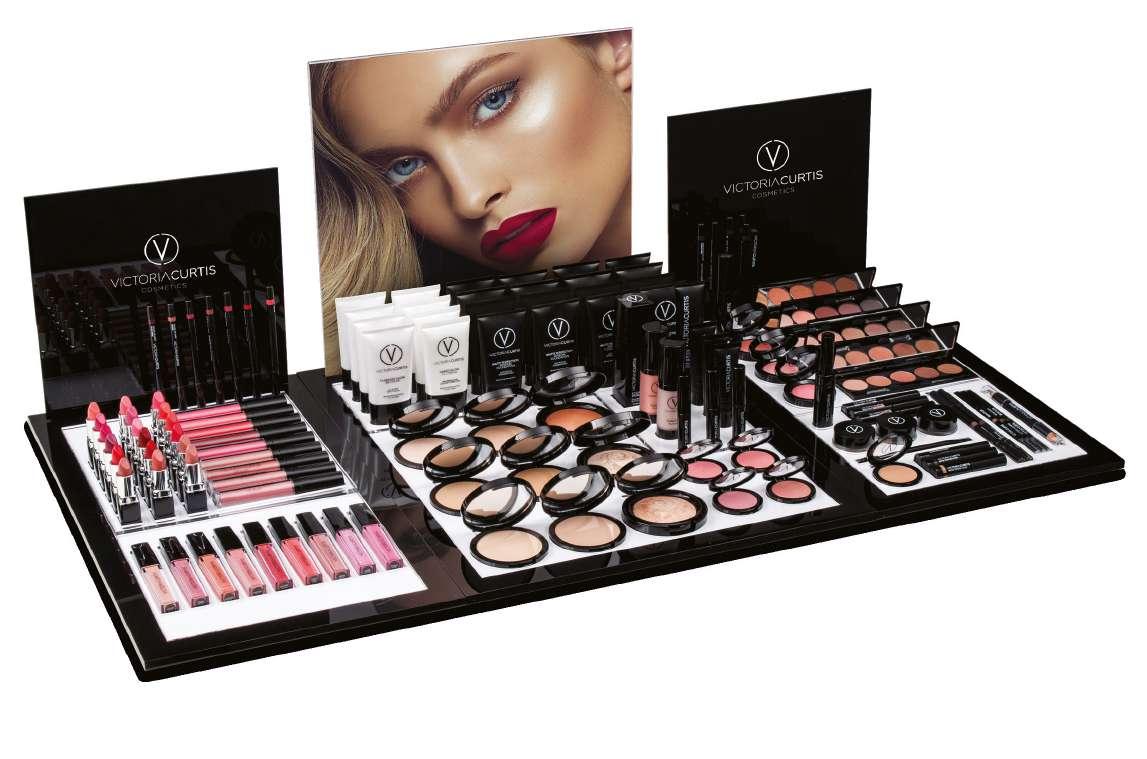
Beautifies, awakens and unifies complexion.
Improves skin quality day by day: bare skin is more hydrated, smoother and brighter.
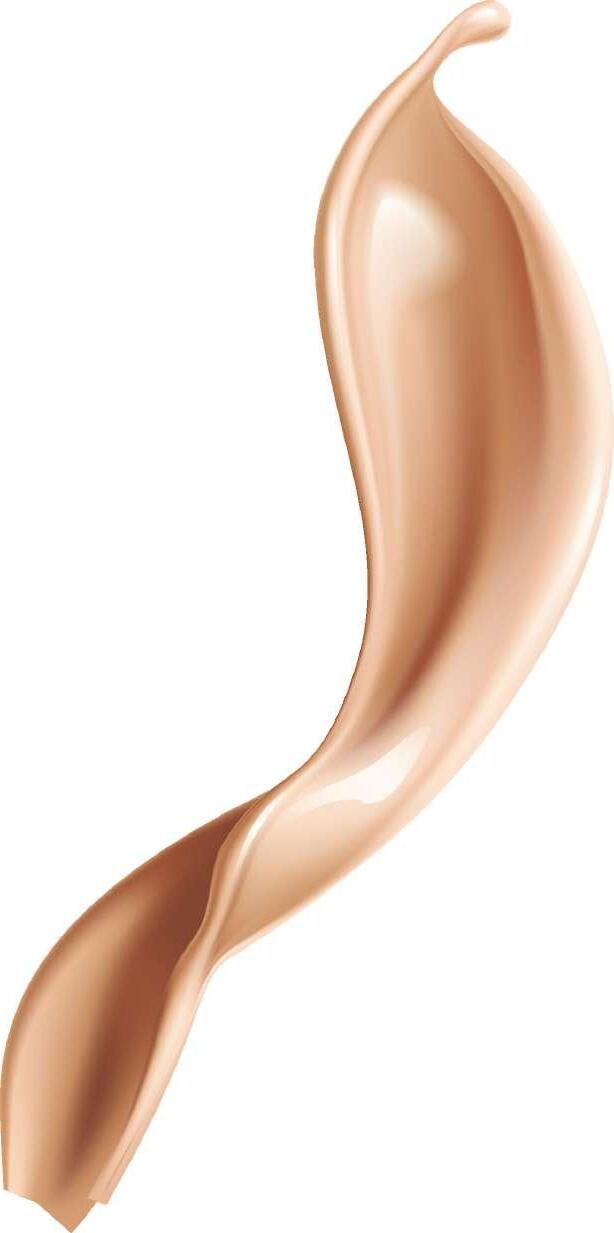

Skincare-infused makeup Vitamin C ⋅ Inulin Prebiotics
⋅ Swiss Mallow flower
⋅ Plant origin Glycerin


